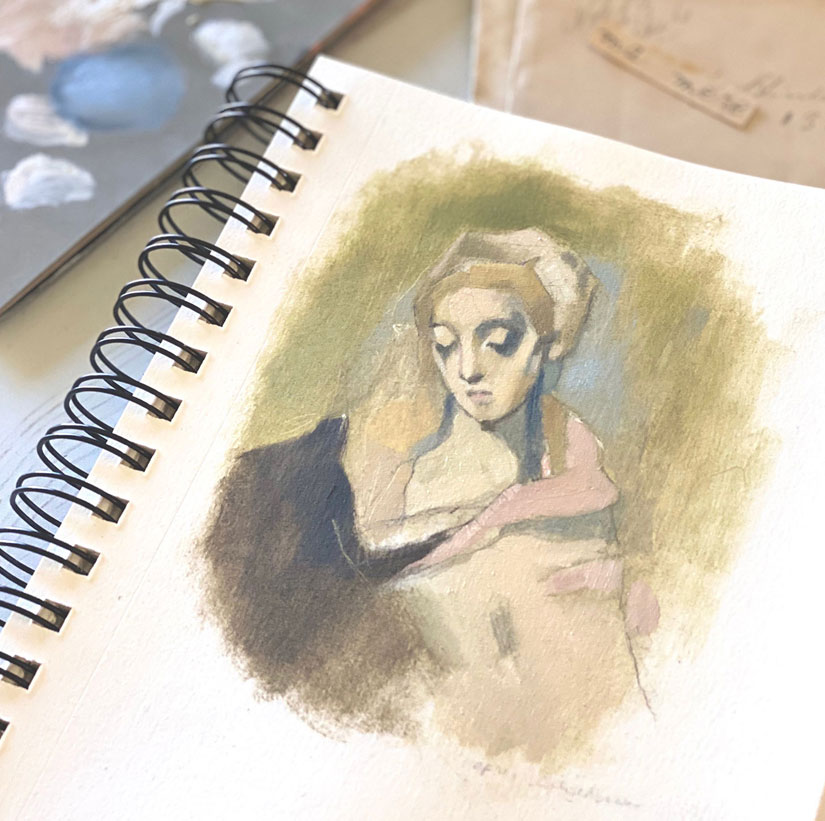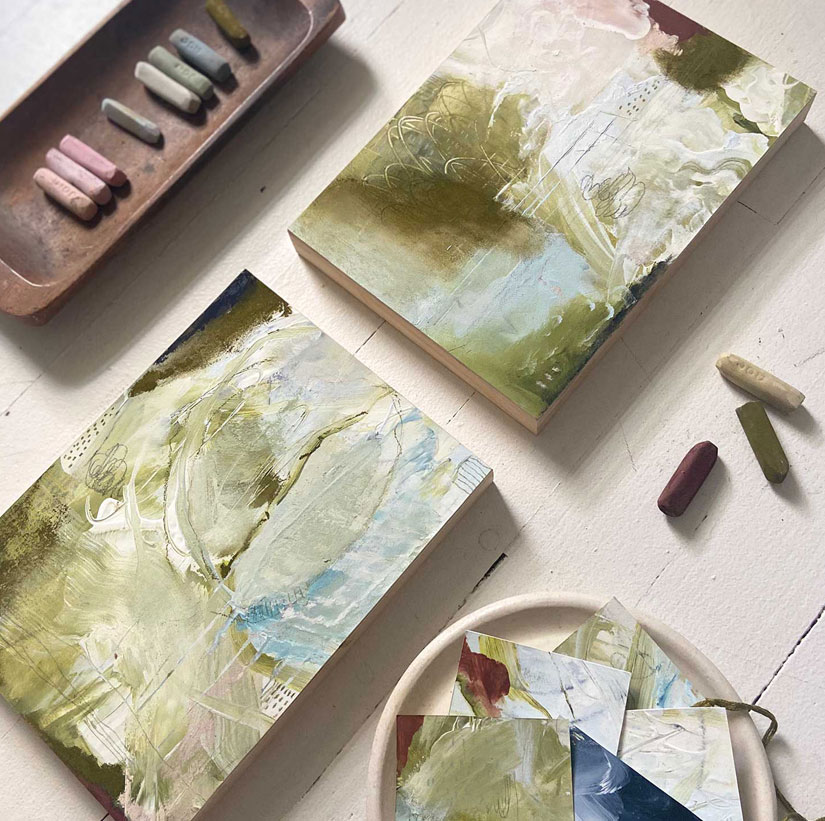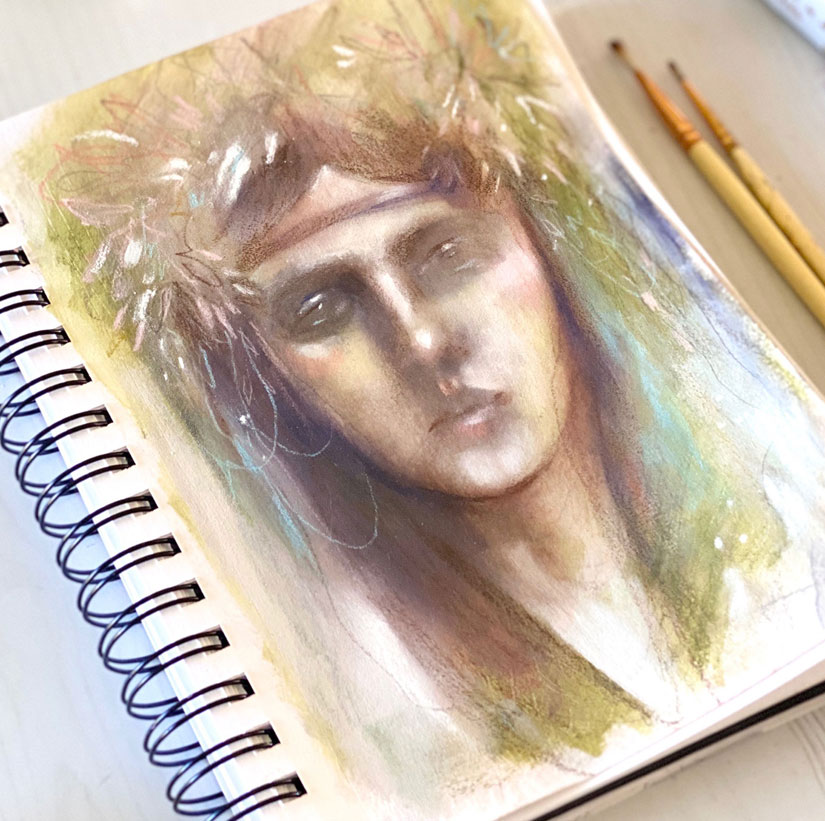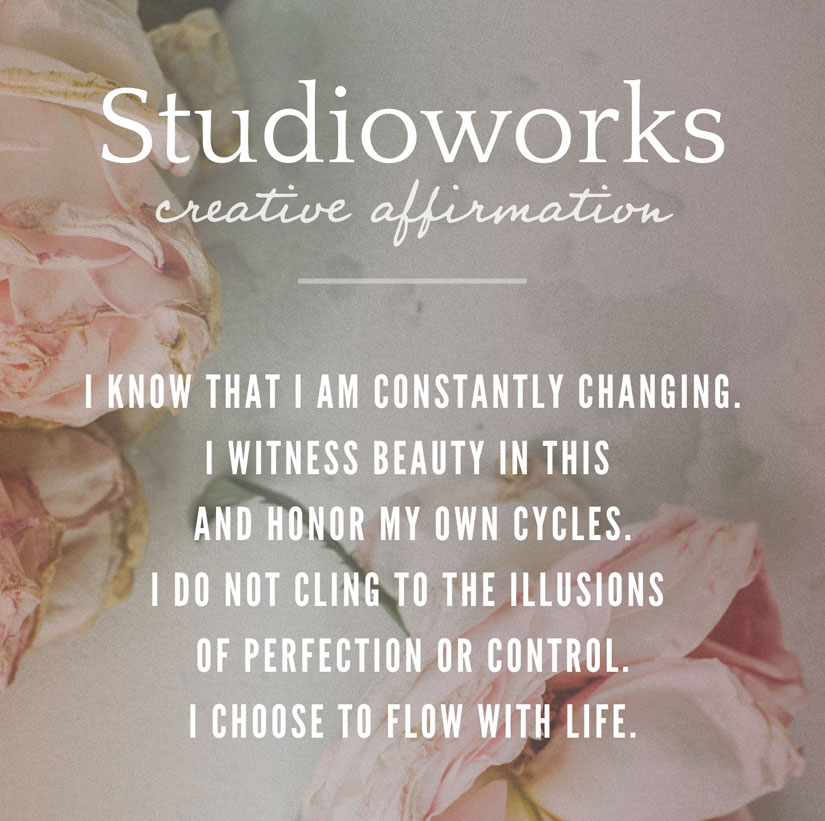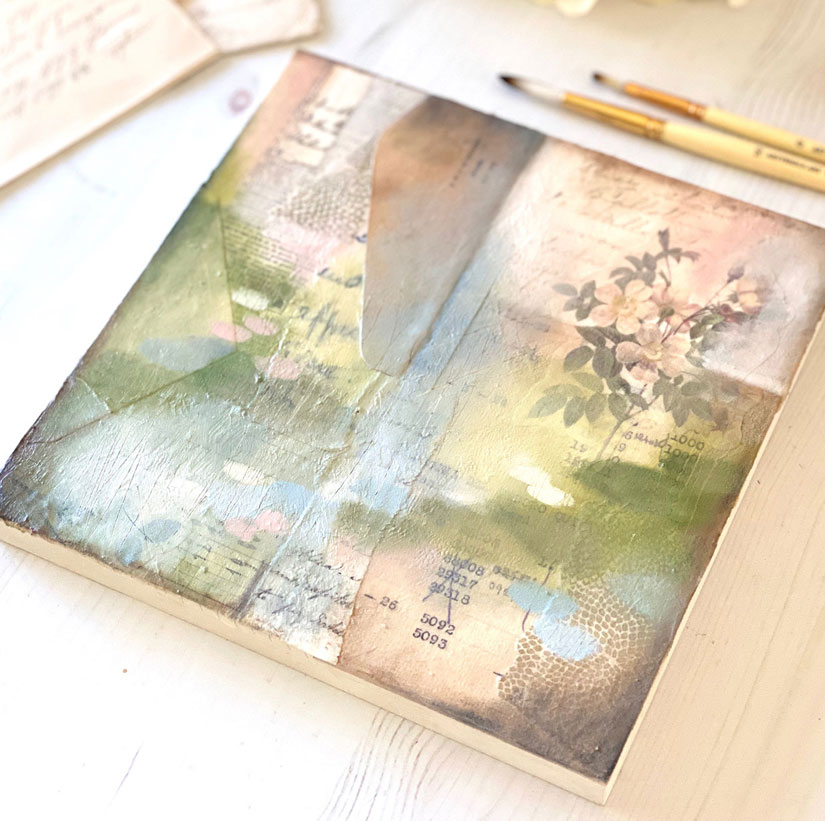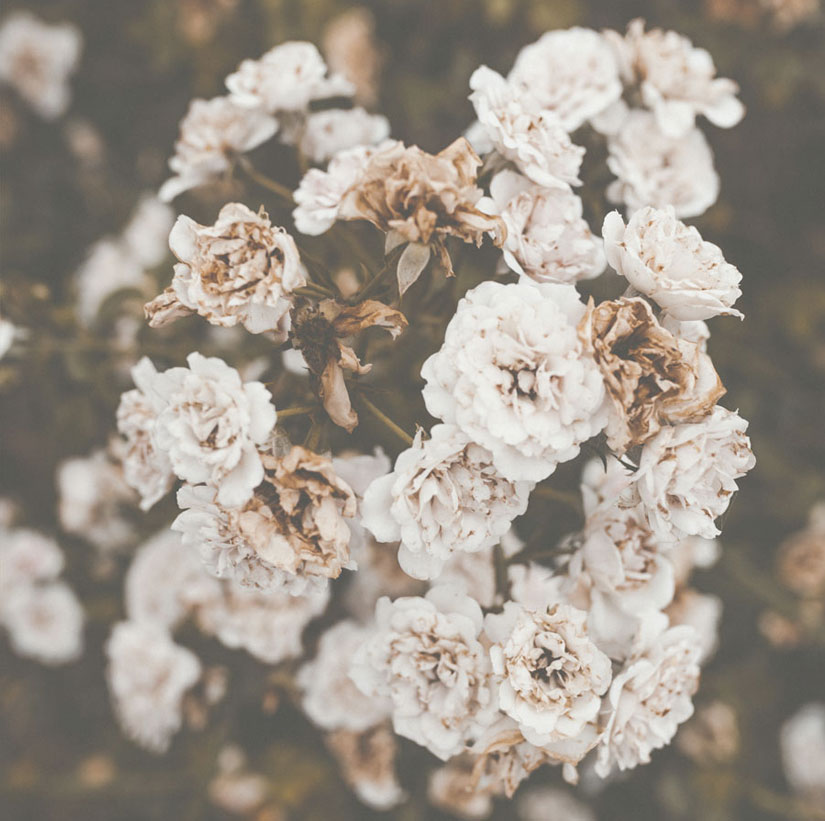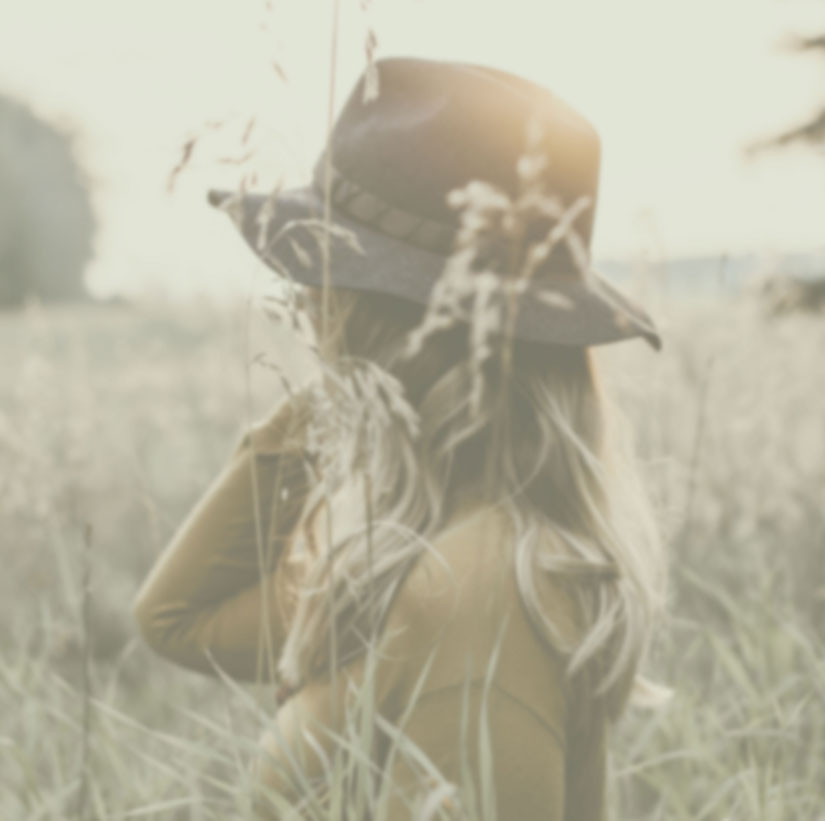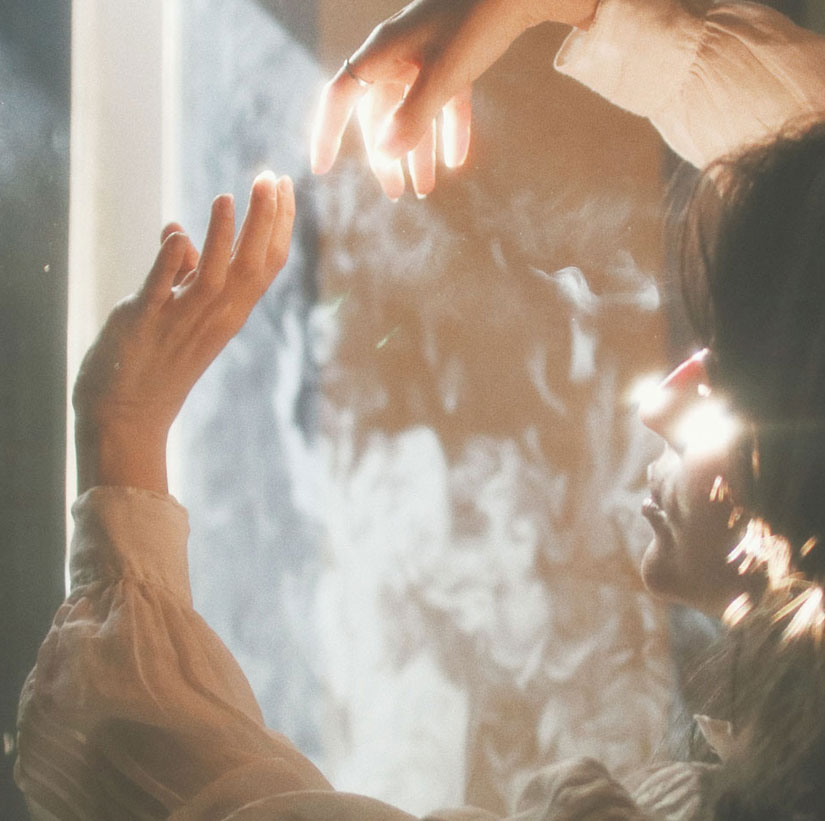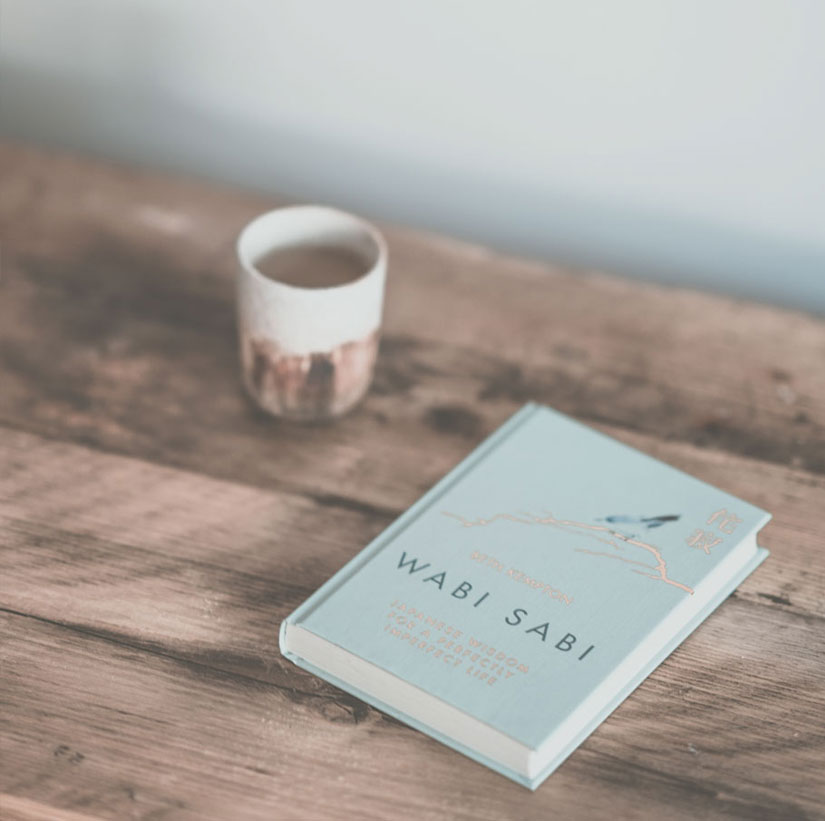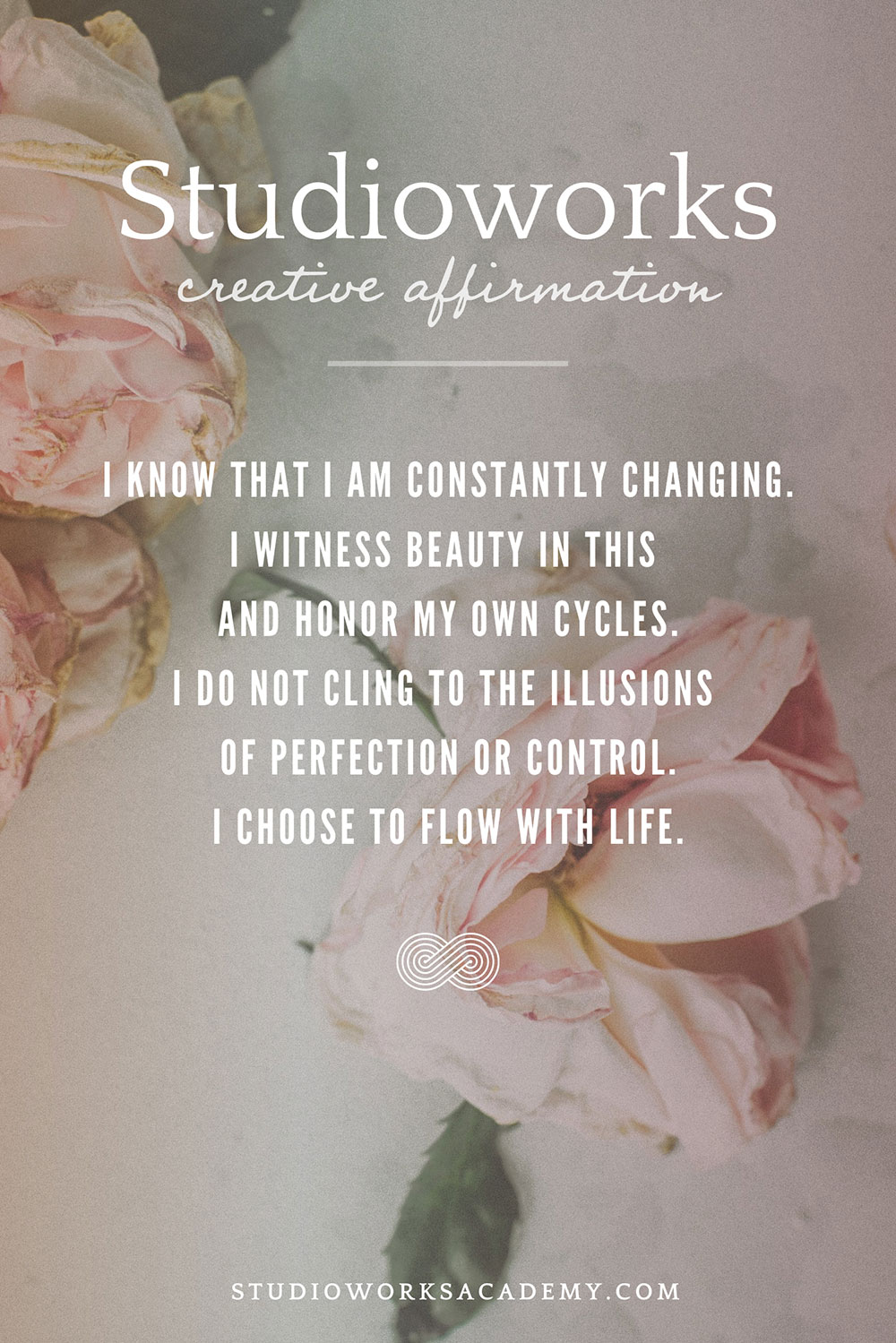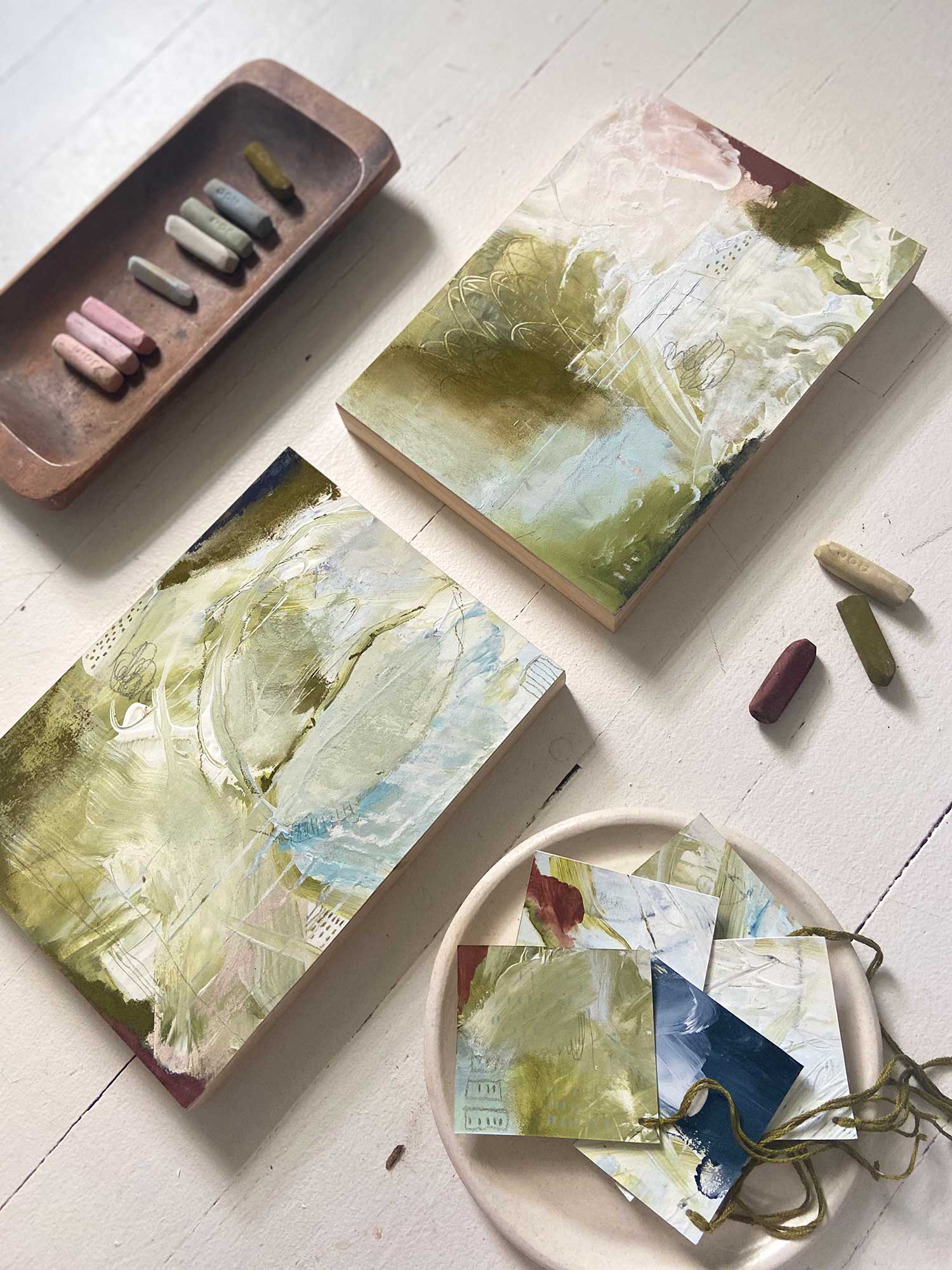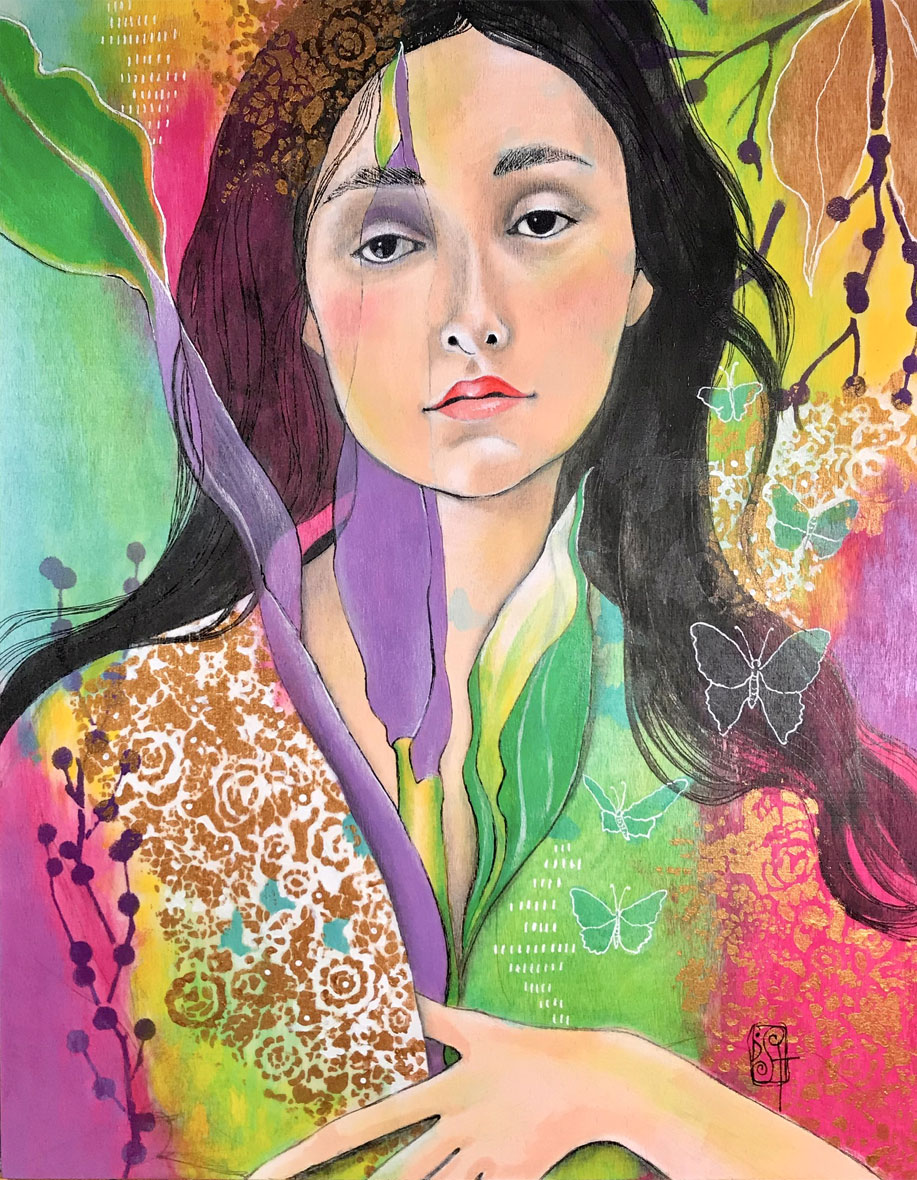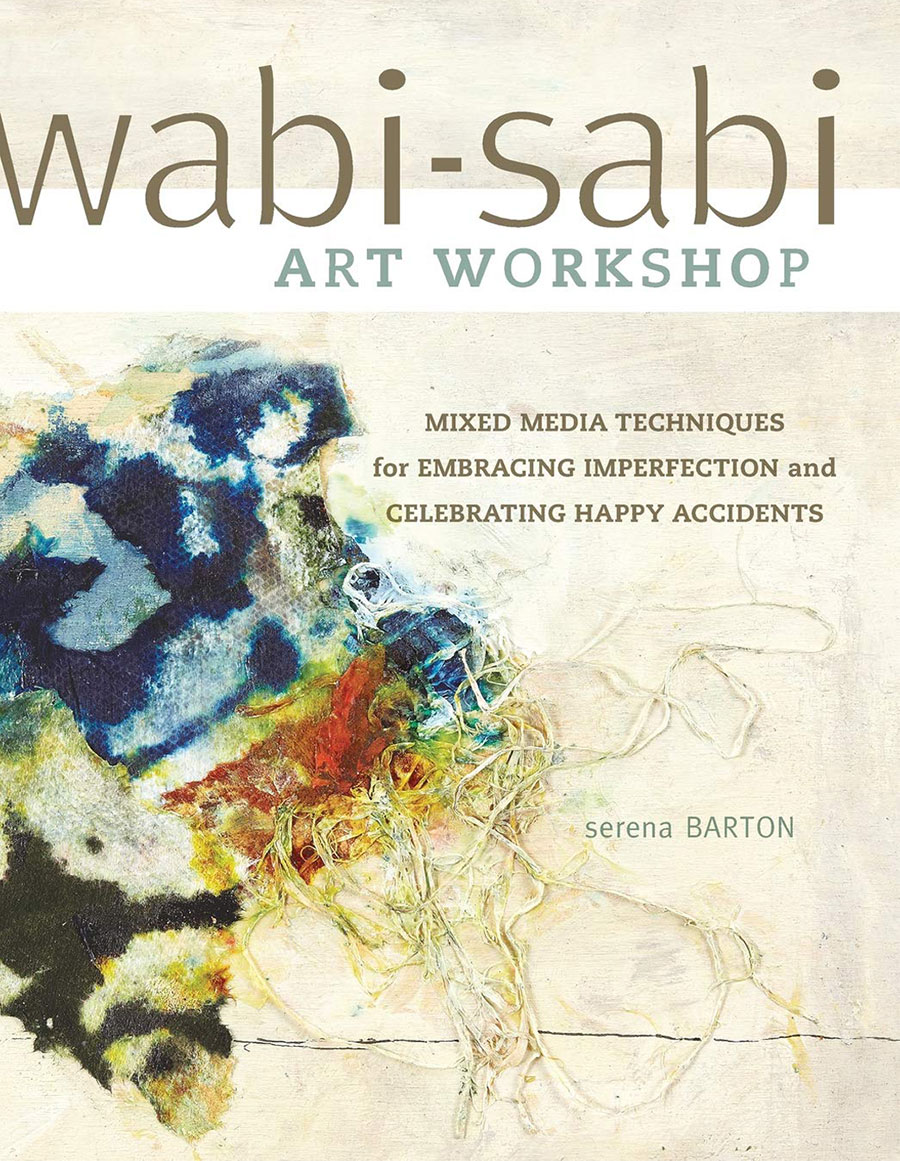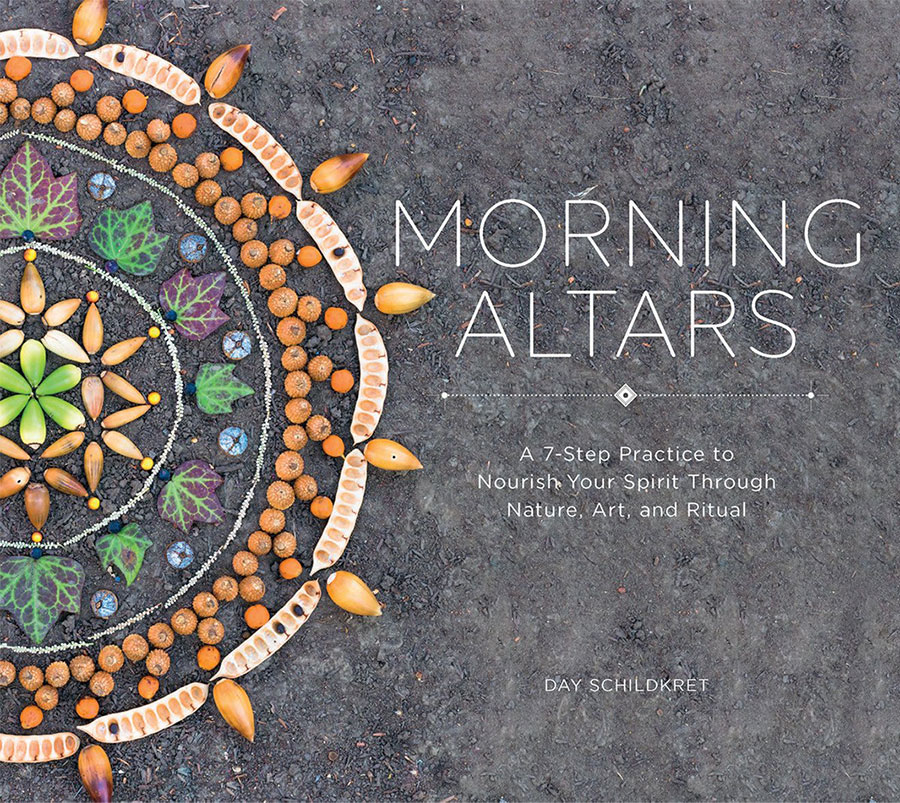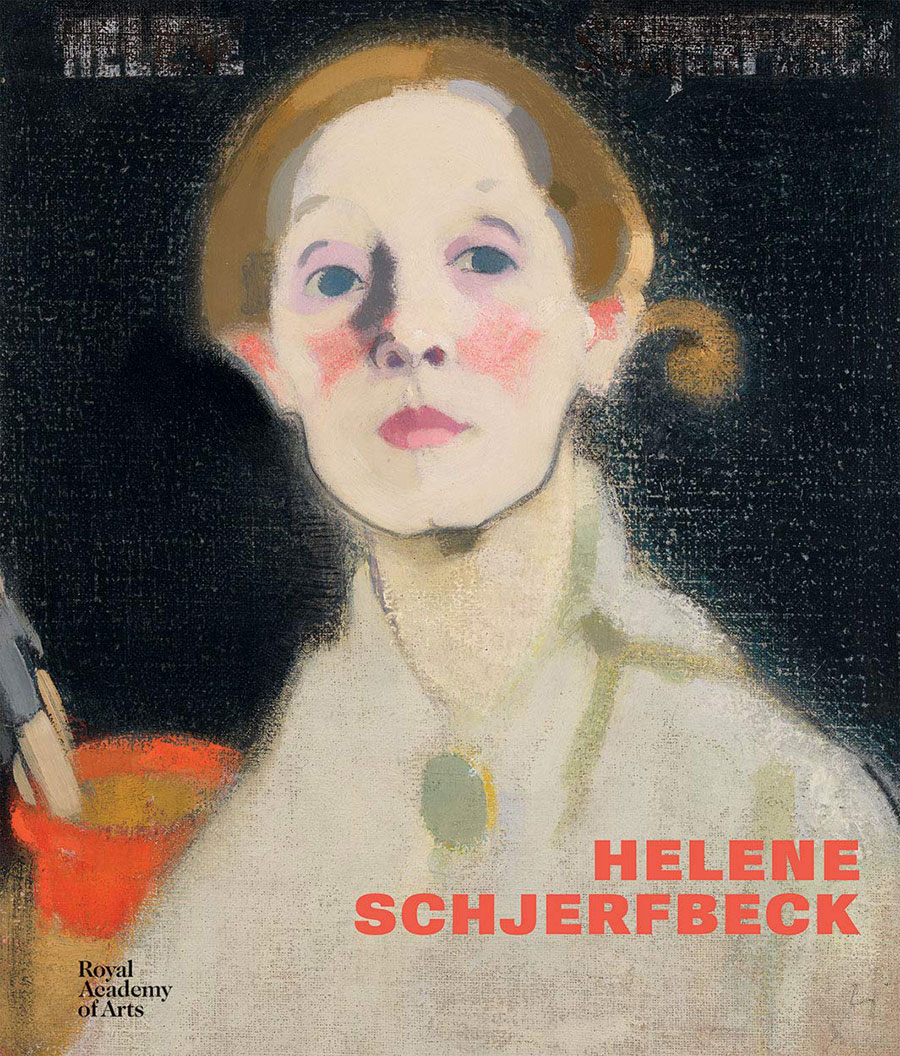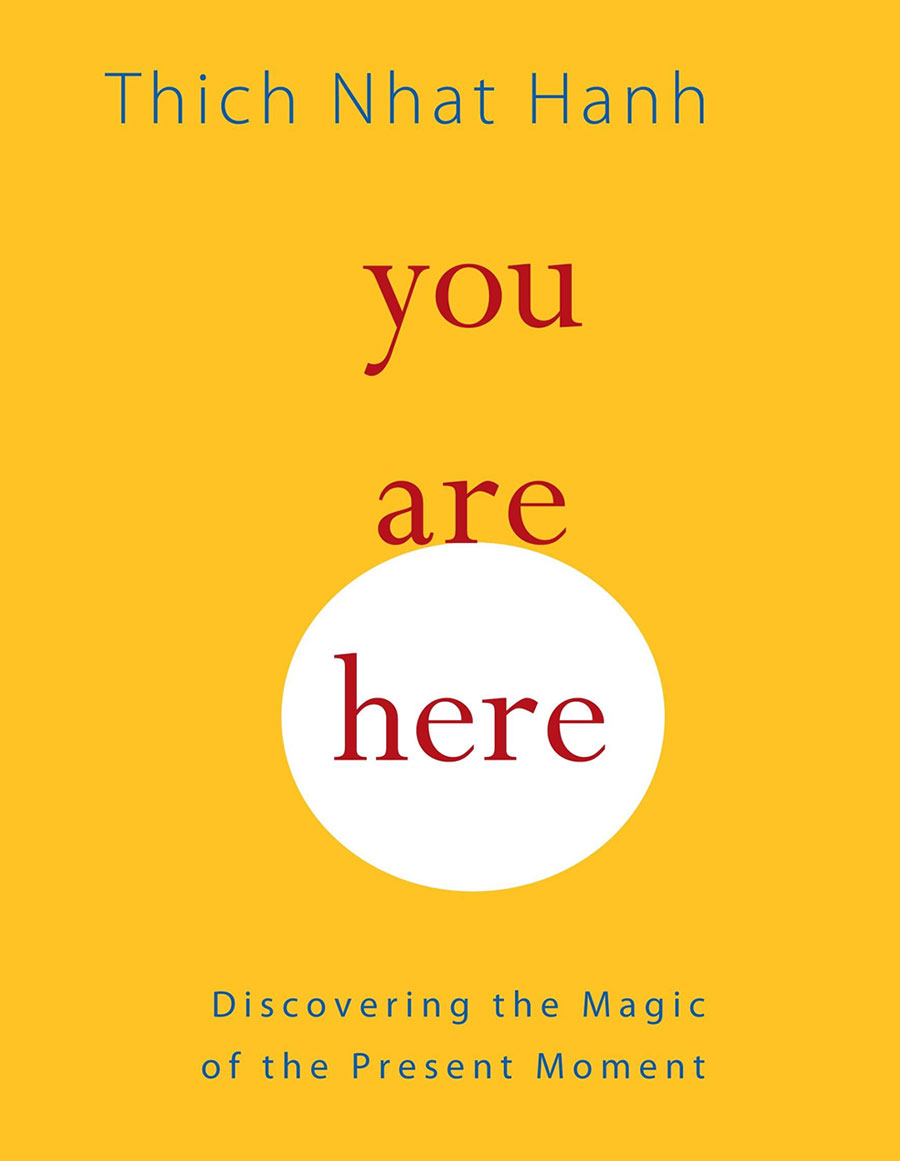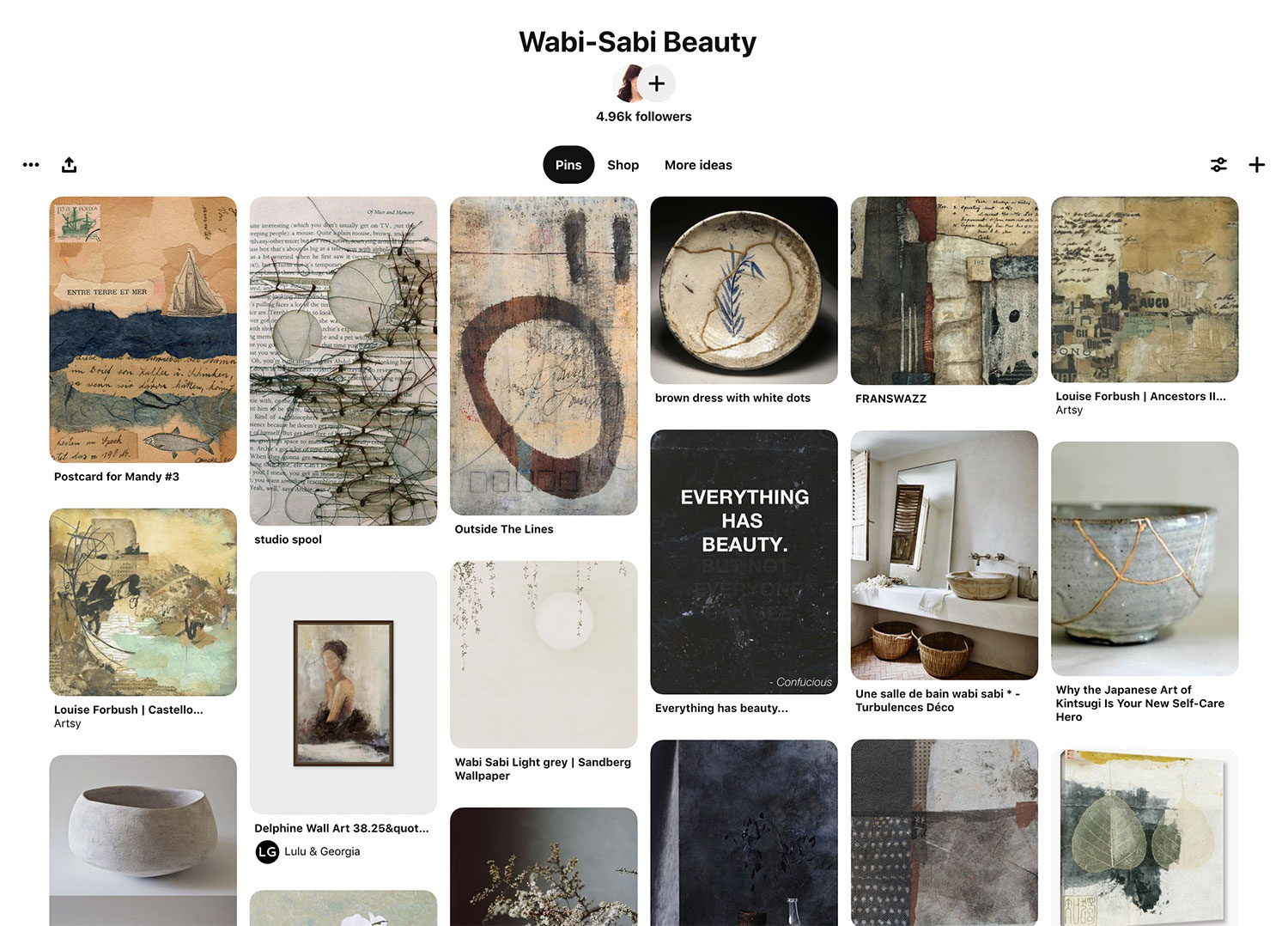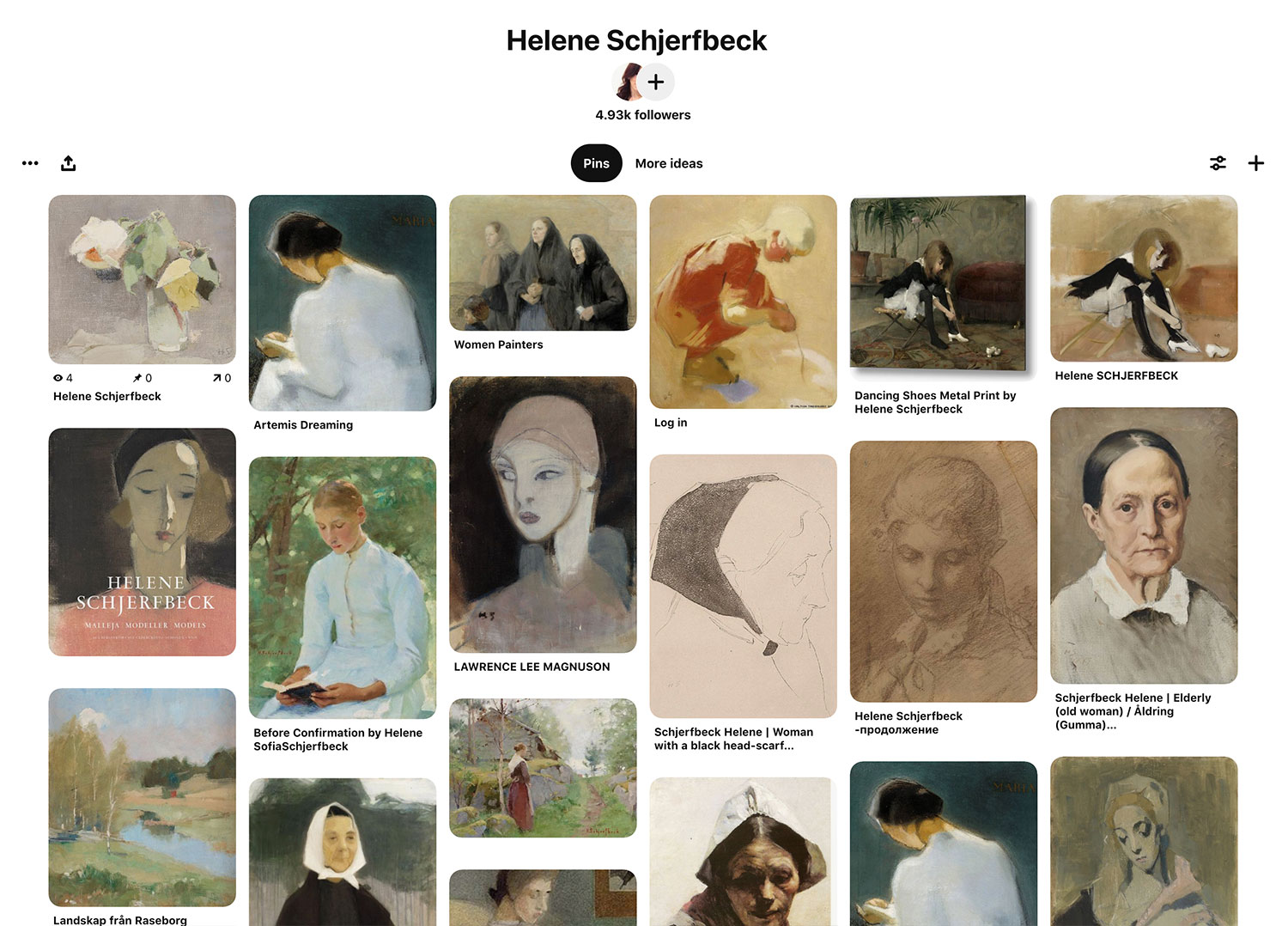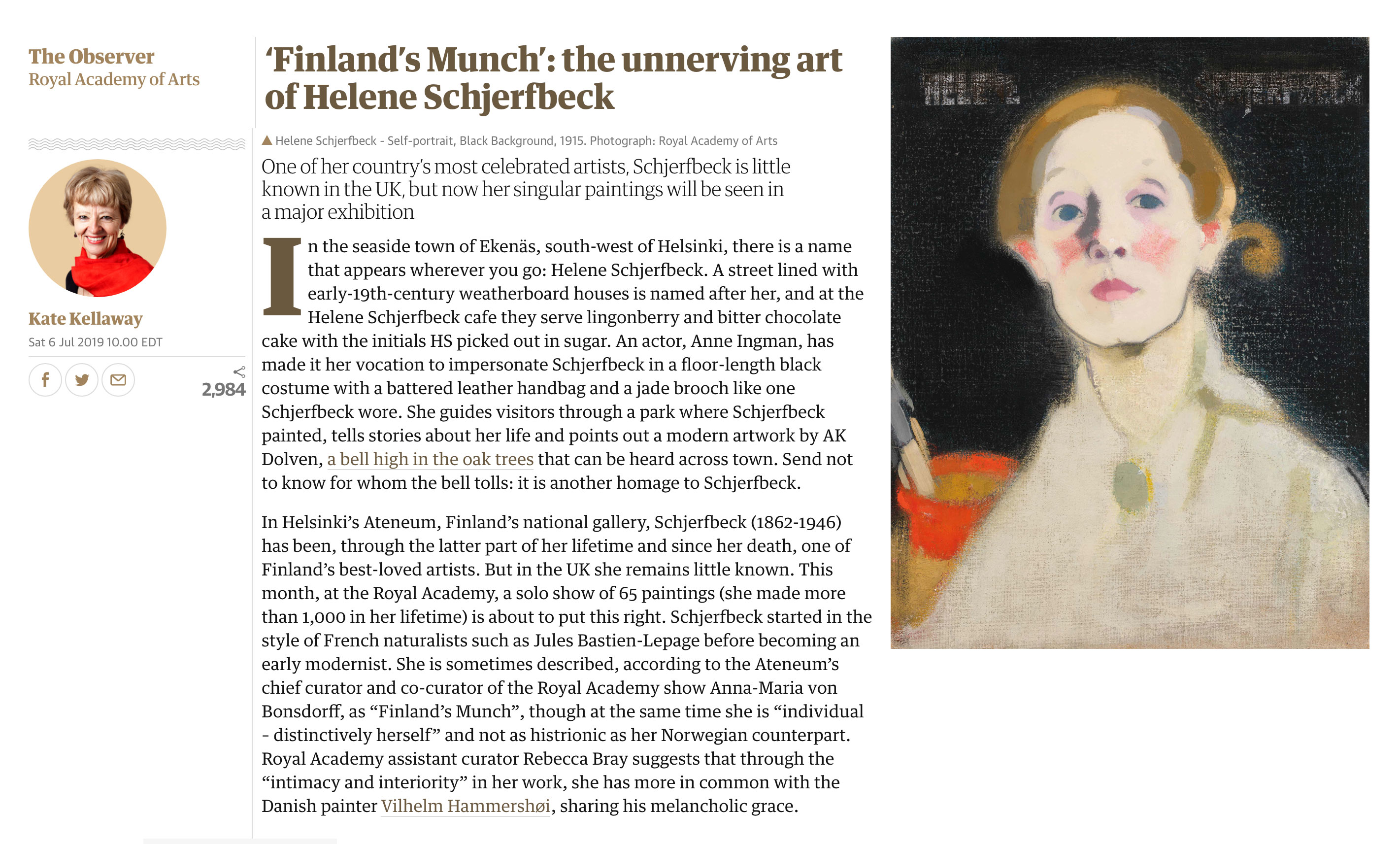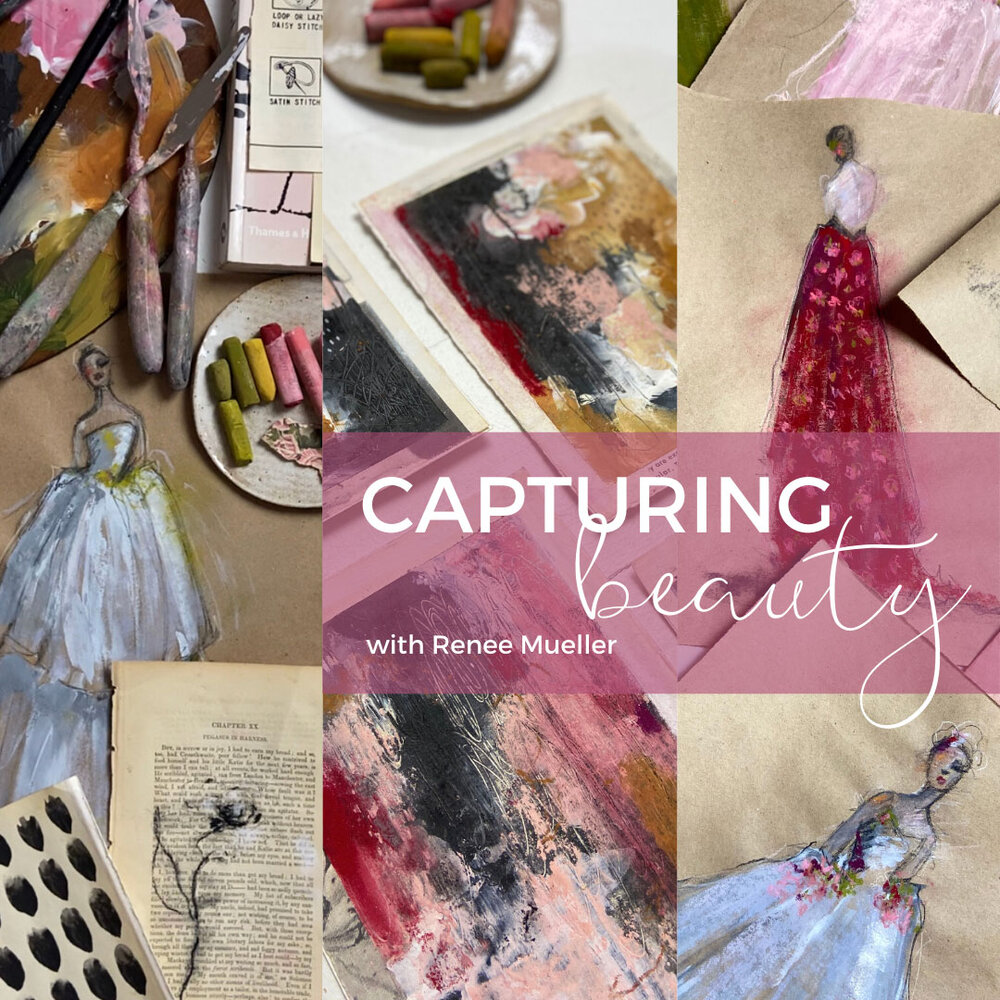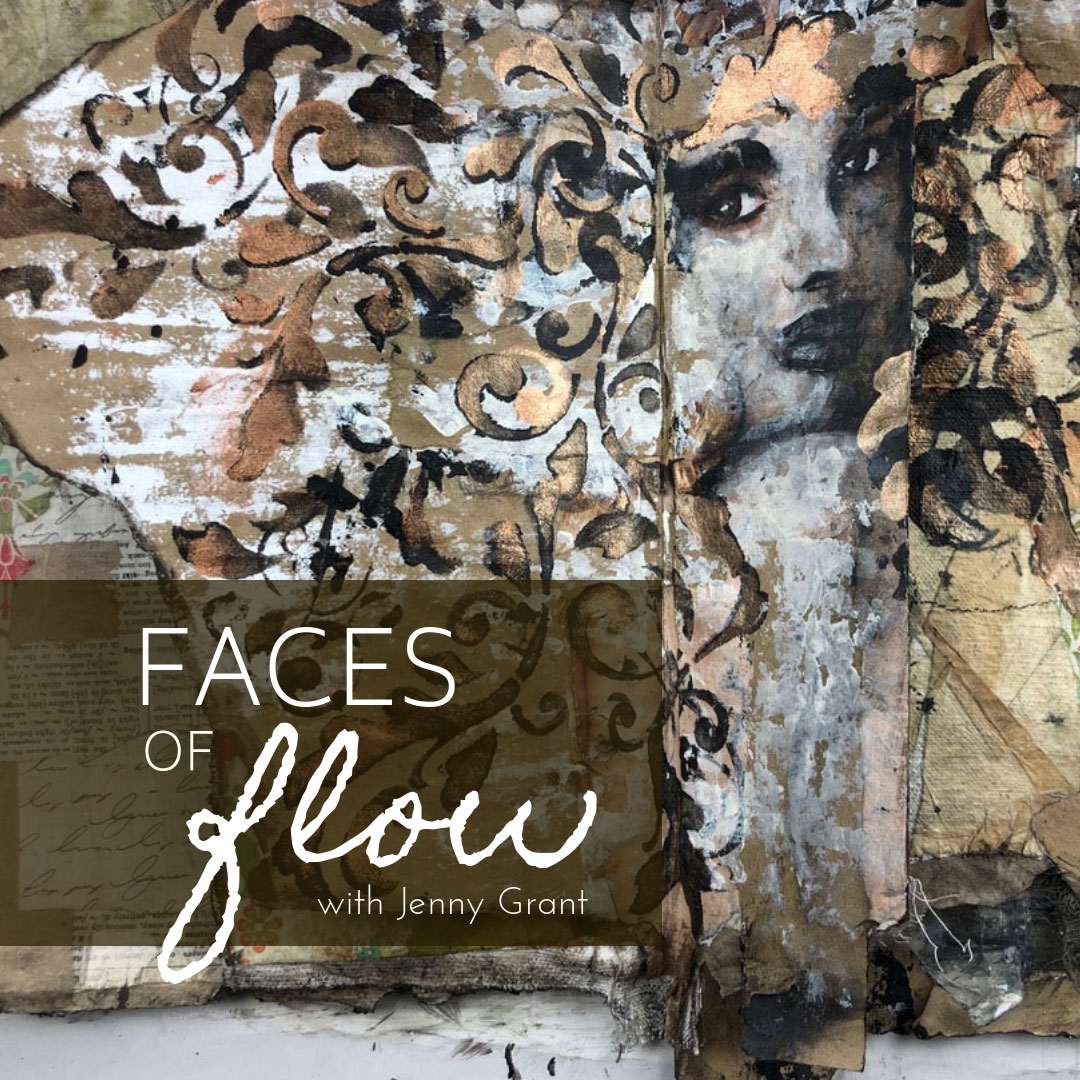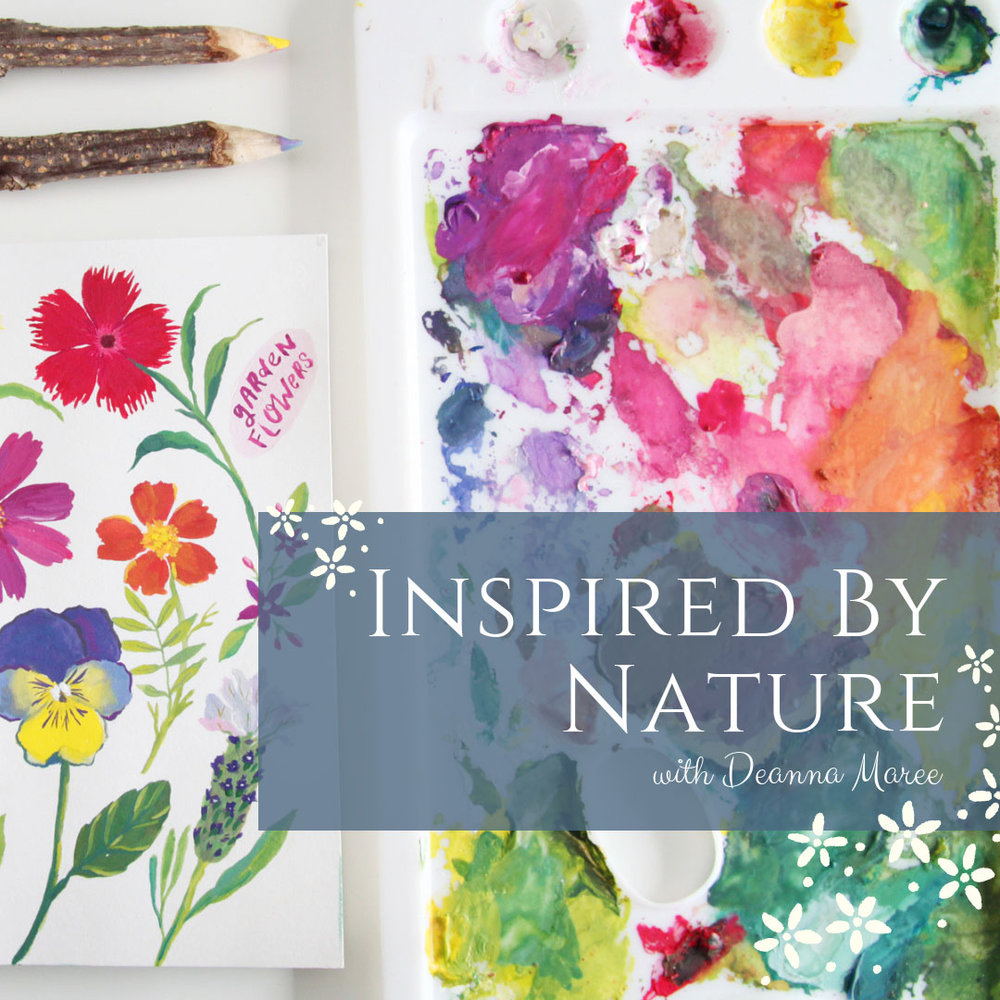IVY NEWPORT
Studioworks
Journal
a letter from ivy
Dear creative friends,
Welcome to Issue #21 of the Studioworks Journal! As always, I’m super grateful you are here with me and I’m excited to share this with you. This month, I wanted to explore the topics of change, impermanence and creative play! How are these all linked?… well let’s discuss!
xo,

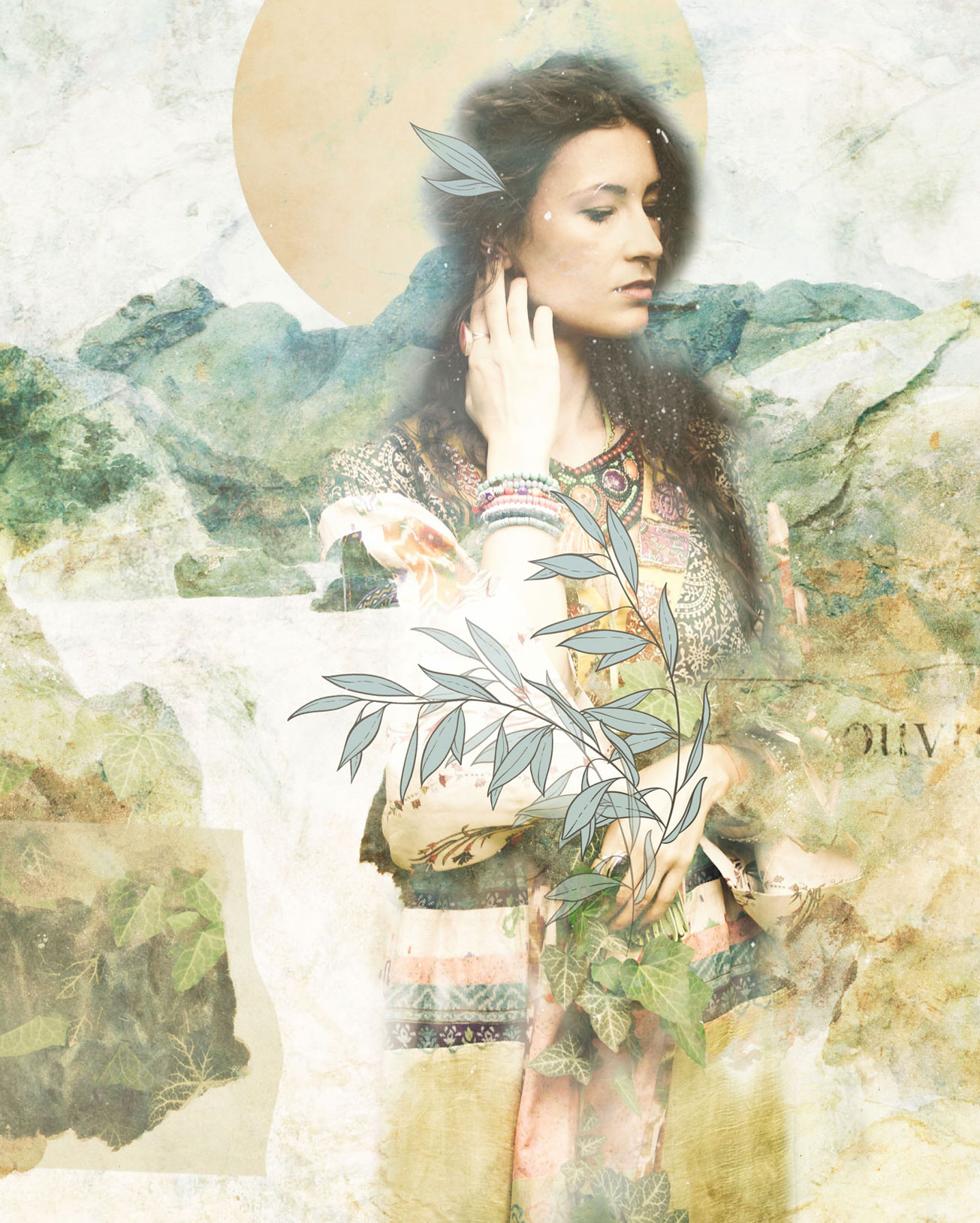
So you may be wondering, where do I start? To that, I say, wherever feels right to you. Each month we will have a theme, a creative affirmation, a power word, a color palette, sketchbook exercises, art projects, articles, recommended reading and access to wonderful inspiration and resources. I want you to think of this as a delicious new magazine, you know the ones you occasionally splurge on, with soft, velvety pages, beautiful images
Each issue will invite you to explore your creative practice in whichever way works for you. Experience each issue at your own pace. Take what resonates with you and put the rest aside for another time.
Grab a cup of something lovely and dive in.
MONTHLY THEME
Flowing with Change
“True life is lived when tiny changes occur.”
– Leo Tolstoy
I don’t know about you but lately I’ve been a bit clingy. Clingy to the things that comfort me, clingy with my family, my home and my routines. Often, when we are fearful we find ourselves in this state right? We get grumpy with the changes happening in our day to day life, we resist the shifts that are inevitable. We might want to “hunker down” or avoid. While this is perfectly human and a typical reaction when we feel threatened or challenged – it is a state we must pull ourselves out of. We cannot avoid life, we cannot control what we can’t control. At some point, it serves us to take a step back and wonder – “What’s really going on here?”
I had to do just that this month. I had to examine what exactly was keeping me in this state of discomfort and discord. What I discovered was that I was resisting change. I was wrinkling up my nose and saying – “No thank you” – to my life! Everything in me felt bound up, shackled. Link by link I had to unravel the chains around my heart. I had to accept that I cannot control life and in the very act of trying to control it I had stopped fully living.
So, I started to make tiny changes. Three changes to be exact –
- I set my alarm for the same time each day.
- Upon waking I drank a large glass of water.
- Then, I would go sit in my garden with my cup of coffee.
Just three tiny changes. Three small actions.
With each passing morning, I found myself feeling more and more in flow with life, more present. I found myself looking up at the transient clouds in the sky, observing their ever changing forms. I listened to the birds, their sweet melodies permeating the morning. I witnessed the swaying branches of the trees, dancing in the breeze.
By the end of the week, I could feel myself unfurling. I felt more at ease. I found myself opening up my sketchbook more often, allowing myself to sketch and play. When I felt myself get out of sorts, I would reset by sitting in the garden. I would connect with my breath and remind myself that I can flow with life.
“Change the way you look at things and the things you look at change.”
– Wayne W. Dyer
I must admit, I was surprised by how changing just a few simple things in my morning routine had a ripple effect on the rest of my day. Seems so obvious right? But we often resist making changes and when we do choose to pivot we try to force BIG changes rapidly. Instead of saying, “I am going to draw for 10 minutes a day” we say “I must spend 6 hours a day in my studio”. We set the bar so high that we inevitably fail and boom we are back into the same damn rut.
In my own creative practice, I can see this so clearly and how this mindset further contributes to my avoidance of the studio. I constantly set the expectation too high, I forget to just play to not be attached to the outcomes. I cling to results instead of embracing the ever-changing process of my art-making. How easily we forget how to let go, to step out of our own way and just flow. In the studio, we must become like the branches dancing in the wind, we must become the fish swimming in the stream, the flower blooming. We cannot be static or made of stone. When we resist change, we resist movement, we resist growth.
Have you ever been in the middle of making art and suddenly you feel completely stuck? Usually, it is because we are attached to a result or image or outcome in our mind. We have entangled ourselves in some future knowing that has yet to be known. It is in this state, that we are resisting the life force energy of flux…of becoming….of change. This creates suffering for the artist.
In those moments, when we step out of flow, doubt rushes in. The critic pounces and invades our space. We become disconnected to the divine co-creation that takes place when we paint or draw or sculpt. We disengage from our hearts and our hands and land squarely in our minds – a place that so deftly creates limitations and fear. When we arrive here, we face a choice. To surrender to the mystery of creating, to release control, to trust, to realign ourselves with the present moment OR to force, to contrive, to pry from our muses a finite outcome, a begrudging toil aimed at pleasing the ego. I love this quote –
“You are learning too much, remembering too much, trying too hard… relax a little bit, give life a chance to flow its own way, unassisted by your mind and effort.”
– Mooji
Can you relate to this? Can you feel it when you create? That forcefulness, that stubborn attachment to ego. That drive to make something “good enough”. A feeling exclusively spurred on by fear NOT joy! Recognizing this feeling is important for it will stand in your way EVERY time. Acknowledge the feeling. Breathe deeply, connect with your body – then let go.
As artists, our creativity will only thrive if we surrender control. We will only grow if we embrace change. Seek out the parts of yourself that are resisting. Be gentle with these tender places. Then make tiny changes and see how you begin to unfurl. Flow with the ever changing beauty of your soul.
“If we are engaged and open, we will naturally know how to respond in the moment. This requires faith in flow, trust in ourselves, and committed intention – all fabulous qualities to deepen.”
– Liz Wiltzen
EMBRACING CHANGE PROMPT :
Spend some time in nature and observe how the natural world is constantly in flux. Remind yourself you are connected to it all. Sit quietly for 10 minutes just breathing and reflecting on this. Embrace that, you too, are ever-changing.
Flowing with Change
WORD OF THE MONTH
Change
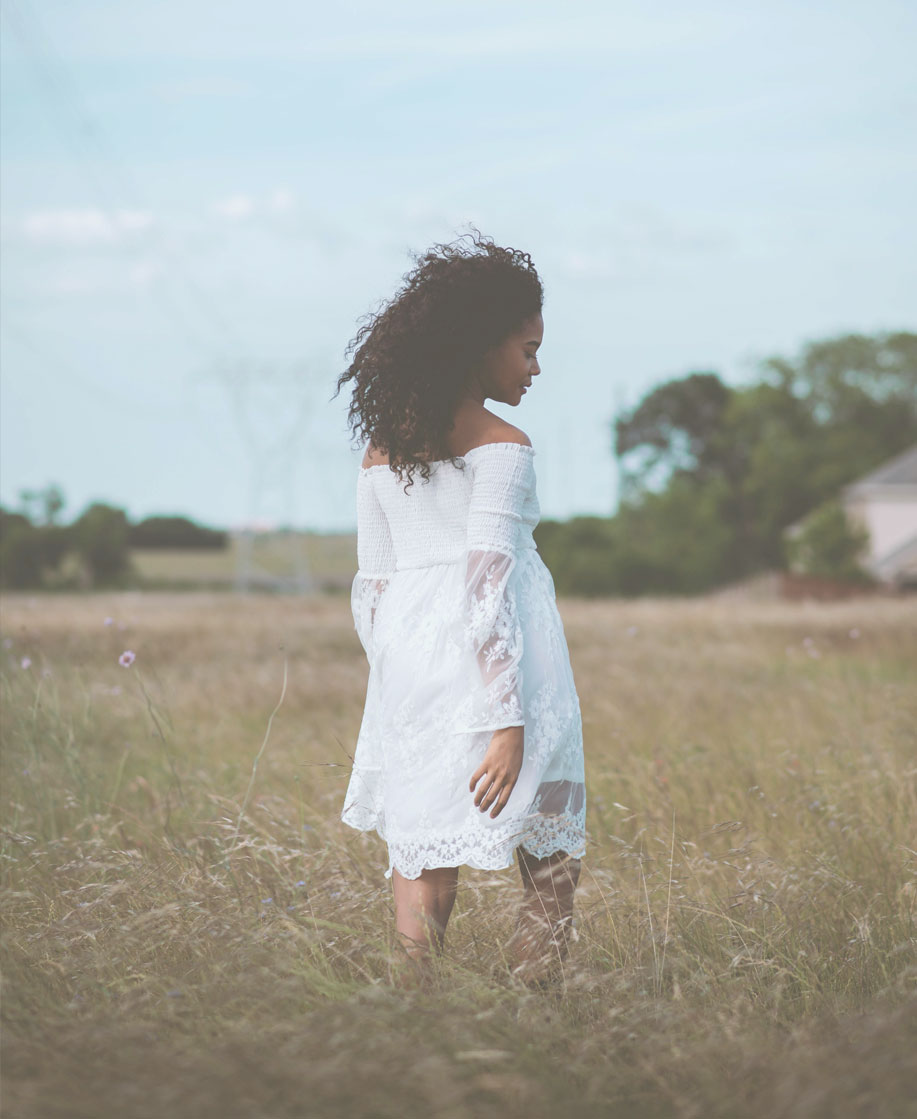
CHANGE : To make different in some particular, to give a different position, course, or direction to, to make a shift from one to another, to undergo a transformation, to pass from one phase to another
“Change is inevitable. Growth is optional.”
– John Maxwell
Word of the Month : Change
Getting into the Flow Meditation
I don’t know about you but I’ll take all the help I can get to achieve creative flow! It’s such a blissful state isn’t it? Well, this month I’m excited to share this beautiful guided meditation from our community member – Monica Stadalski.
Monica is a gifted free-lance artist who just recently created her own gorgeous oracle deck especially for Artists! Yeah you guessed it, I’ve already ordered my deck! Can’t wait to see them! Congratulations again Monica on this wonderful accomplishment!
Now get comfortable, dedicate some time to connect with yourself and enjoy this mediation –
“The creative process is one of surrender, not control.”
– Julia Cameron
Getting into the Flow Meditation
CELEBRATING IMPERMANENCE
with Wabi-Sabi
You may have heard this ancient Japanese term – Wabi-Sabi – but what does it really mean?
It emerges from 15th century Japanese aesthetics and is a perspective centered on the acceptance of imperfection and impermanence.
The term is a combination of the words “wabi” and “sabi” which both have their own difficult to translate meanings. Wabi refers to simplicity, humility, and living in tune with nature (living in flow). Sabi refers to the inevitable changes that occur with the passage of time. It’s about honoring those changes and the beauty of age.
This wonderful philosophy can offer us much wisdom within our own creative journey. Instead of clinging to what is or the illusion of control, we can appreciate the way life constantly flows and changes around us and within us. We can see those changes in our work, out our window or in the mirror. Instead of resisting the movement of living we can surrender and celebrate the beauty of all its inherent stages and phases. Like the moon, we do not mourn when the sky darkens but rather we embrace the natural cycle of waxing and waning.
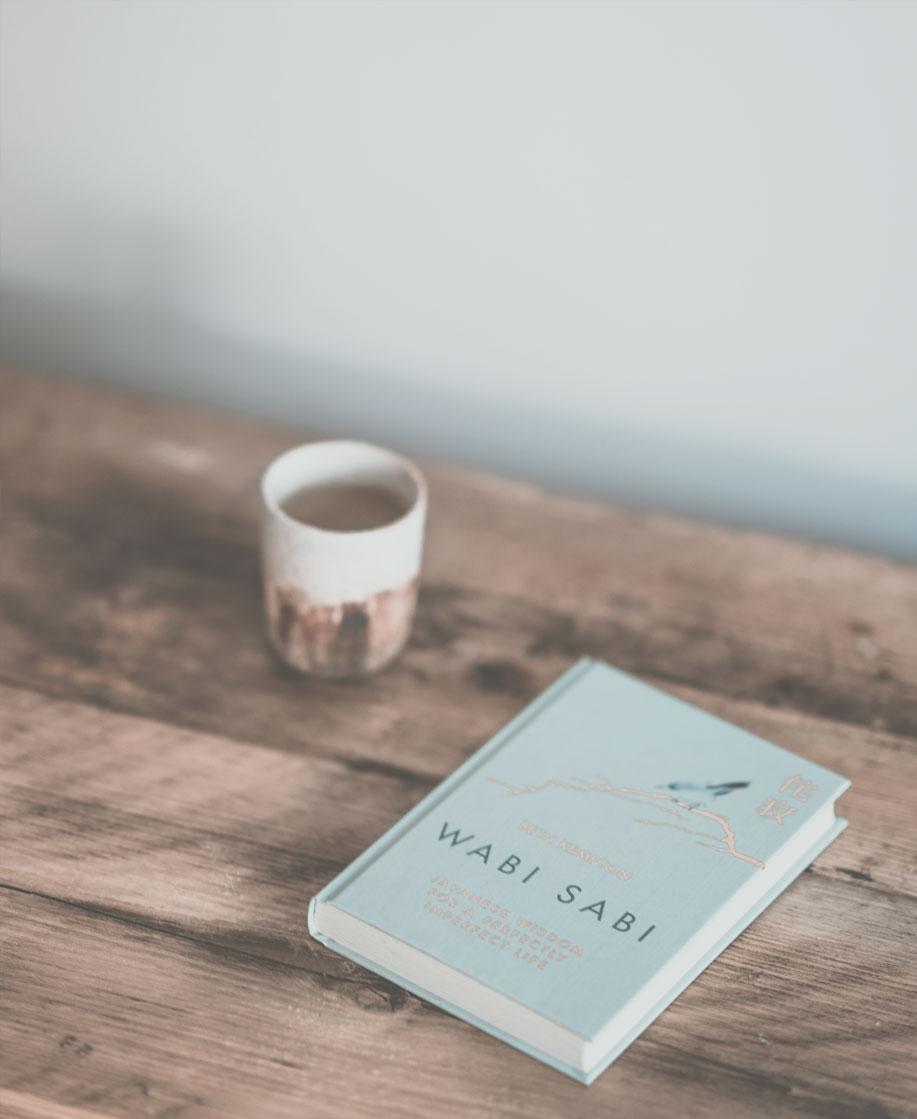
To incorporate the way of wabi-sabi is to accept the natural cycle of growth, death, and the imperfections that accompany that progression. This creates a feeling that finds harmony and serenity in the uncomplicated, unassuming, mysterious, and fleeting.
Much physical beauty can be found when observing “wabi-sabi” elements in artwork. It’s in the imperfections where all the magic lies. How can you bear witness to this in your own work? Where can you let go of control? Where can “mistakes” reveal a wabi sabi beauty?
“Our intention creates our reality.”
― Wayne Dwyer
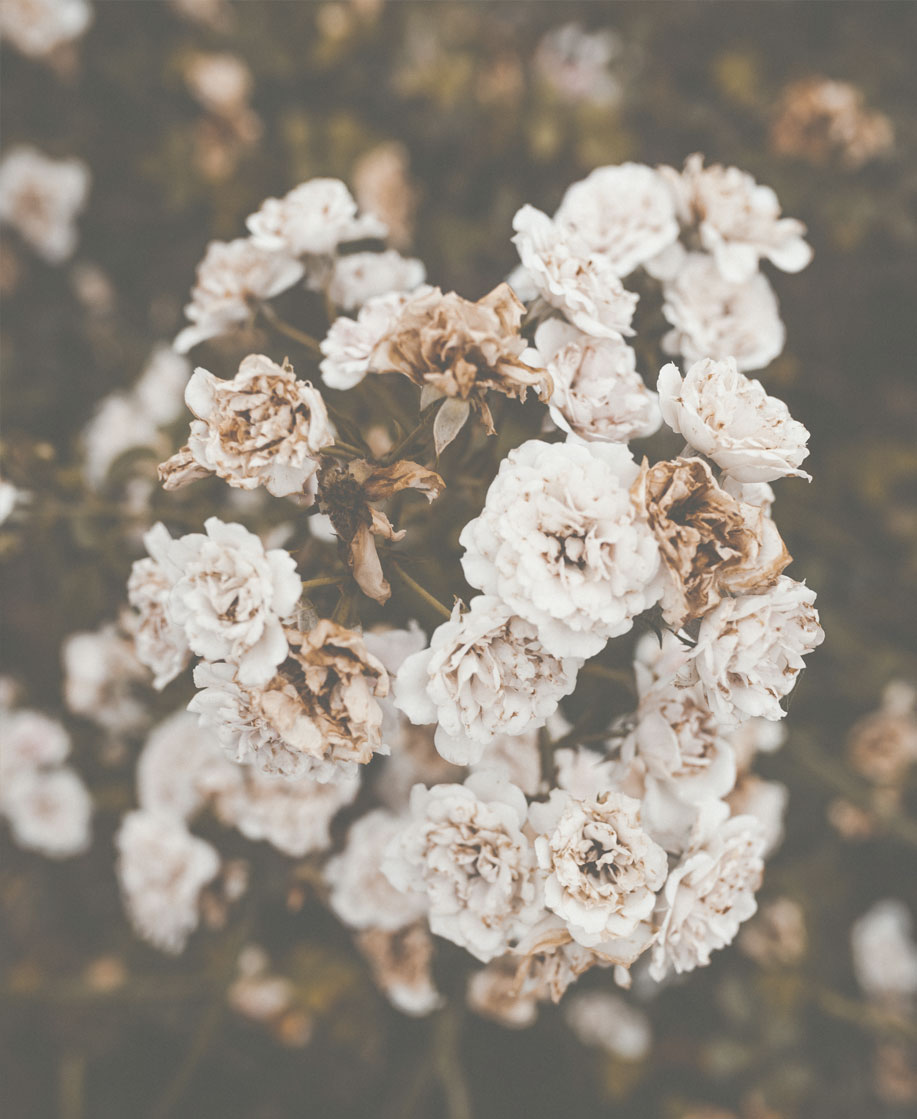
I love this short Tibetan story –
“One day some people came to the master and asked: How can you be happy in a world of such impermanence, where you cannot protect your loved ones from harm, illness or death? The master held up a glass and said: Someone gave me this glass; It holds my water admirably and it glistens in the sunlight. I touch it and it rings! One day the wind may blow it off the shelf, or my elbow may knock it from the table. I know this glass is already broken, so I enjoy it – incredibly.”
So often we desperately cling to our illusions of perfection or we suffer through our attempts to control the outcomes of our creative endeavors. What if we simply loosened our grip? What is we allowed for discovery, for gentleness, for love? What if we cherished the experience of flowing with the transient nature of creating instead of putting it into a strangle hold. That’s the trick isn’t it? So next time, you make a “mistake”, your ink runs or the color isn’t quite right don’t attach to it. Don’t get mad. See the wabi-sabi beauty in it. Appreciate what the experience teaches you. Be grateful. Breathe and let it simply be a phase in the making of your art. Pass through it. Keep going and honor the ever shifting mystery of co-creating with the Universe.
Wabi-Sabi reminds us that nothing lasts, nothing is finished and nothing is perfect.
“It is not impermanence that makes us suffer. What makes us suffer is wanting things to be permanent when they are not.”
― Nhat Hanh
Here’s a sweet Pinterest Board I made full of inspiring Wabi Sabi beauty
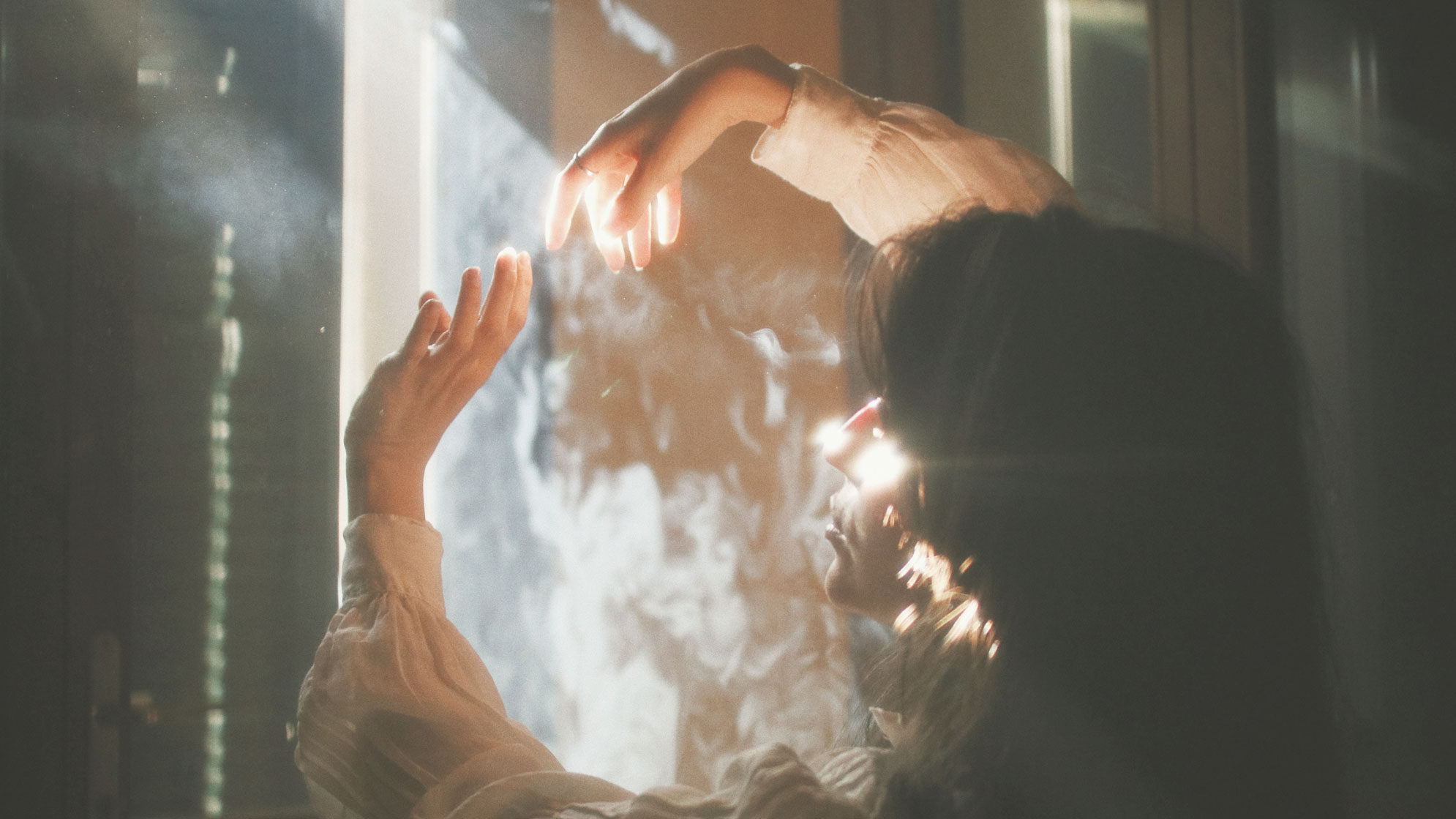
Celebrating impermanence with Wabi-Sabi
Monthly Affirmation
Each month we will have a positive affirmation. I recommend you print out this affirmation and put it in your sketchbook or somewhere in your studio. Recite the affirmation out loud each time you show up to create. Saying words aloud is powerful and can begin to re-write some of our own limiting beliefs or calm our fears. Try it now…
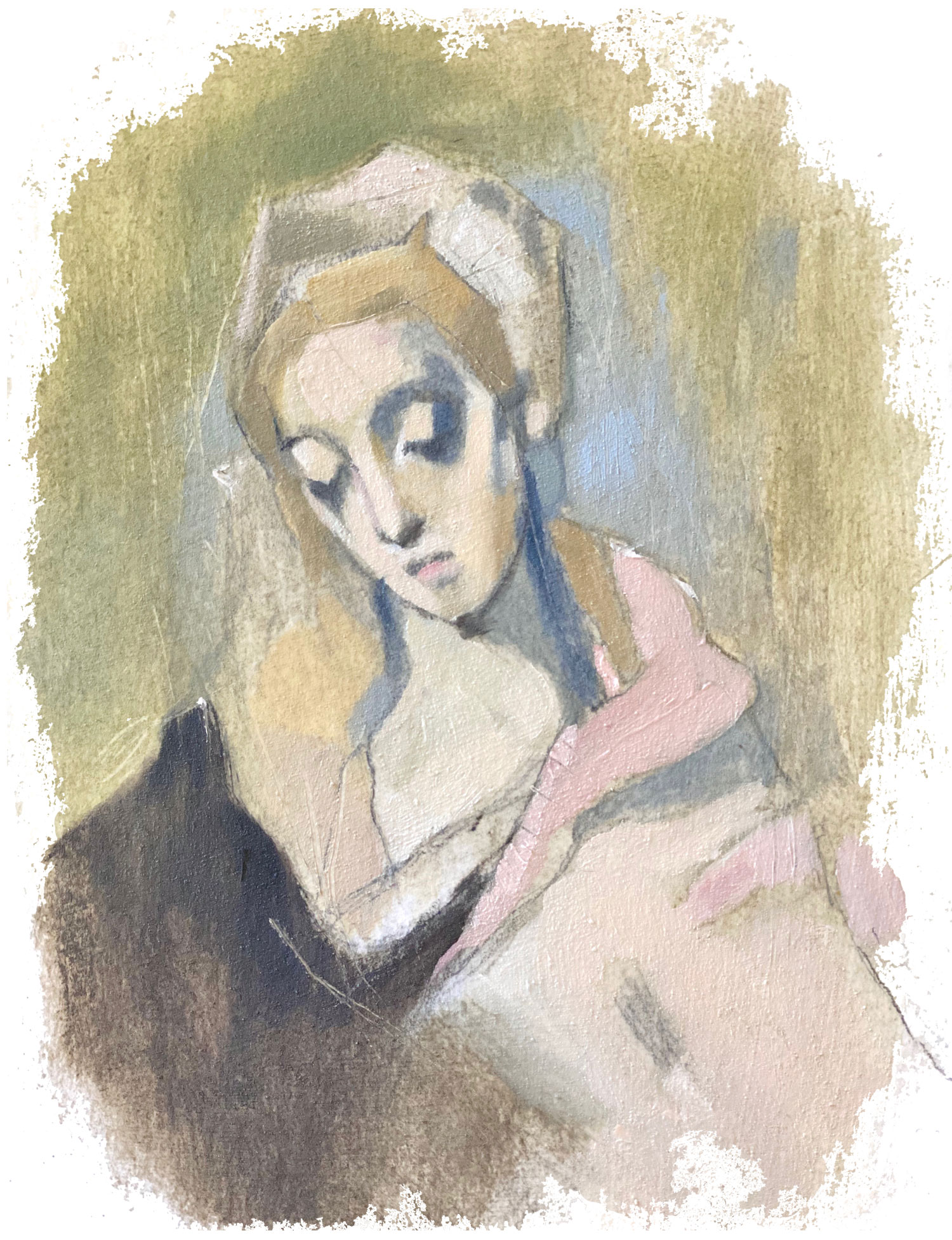
Color Palette of the Month
This month, I was completely smitten with a color palette created by our guest teacher – Renee Mueller. This dreamy blend of indigo blue, white, olive green, payne’s grey, burnt sienna and pink captured my color loving heart! This gentle palette eases us into the practice of flowing with life and embracing change, lack of control and imperfection. To me, it has a very “wabi-sabi” vibe! You will also see this palette connects with our Master Artist too! What a serendipitous link!

“Nature’s first green is gold, Her hardest hue to hold. Her early leaf’s a flower; But only so an hour. Then leaf subsides to leaf. So Eden sank to grief, So dawn goes down to day. Nothing gold can stay.”
– Robert Frost
Color Palette
EMBRACING CHANGE PROMPT:
- Buy or pick flowers, bring them inside and put them in a vase in your creative space. Observe how they change overtime. Can you find beauty in each stage? Make note of this or better yet create small paintings documenting the process.
MASTER ARTIST GUIDE
Helene Schjerfbeck
This month, I wanted to choose a woman artist who connected to our overarching theme of change and impermanence. I’ve been wanting to share about this artist for a long time and this month it all aligned.
Helene Schjerbeck was an intriguing and inspiring artist with a long history of work. She began in a very classical, French naturalistic style and progressed to become rather modern for her time. She allowed and embraced the evolution of her style regardless of criticism or fear. As she changed, her art changed with her.
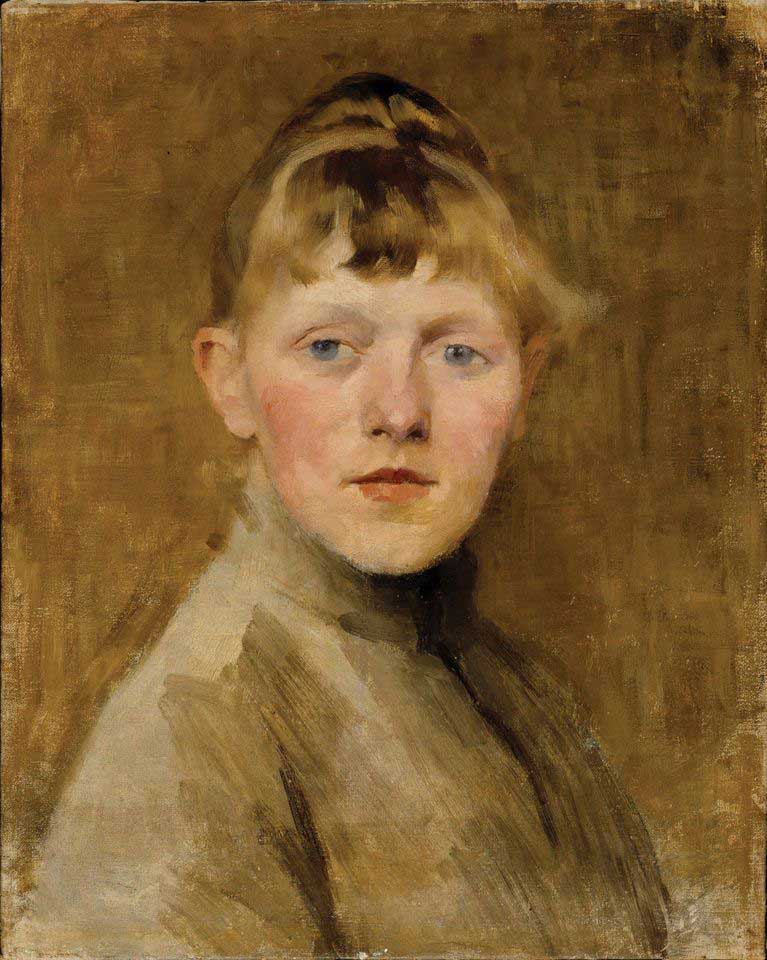
Self portrait 1884-85
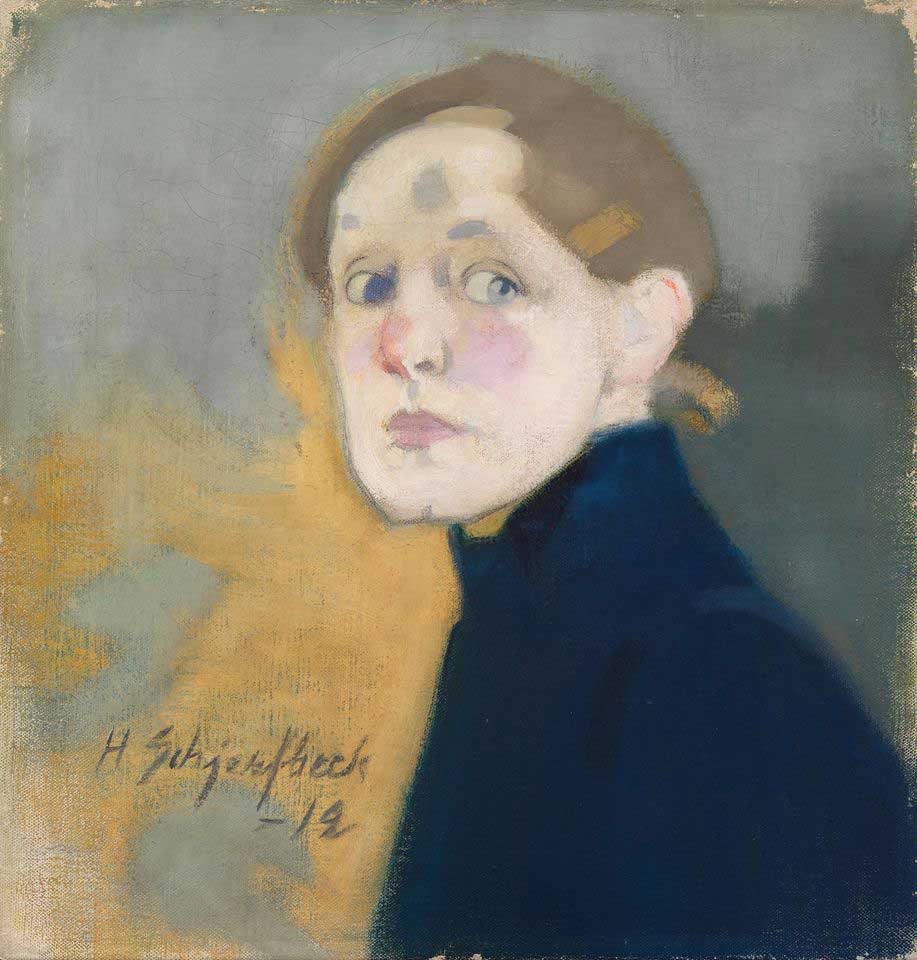
Self Portrait 1912
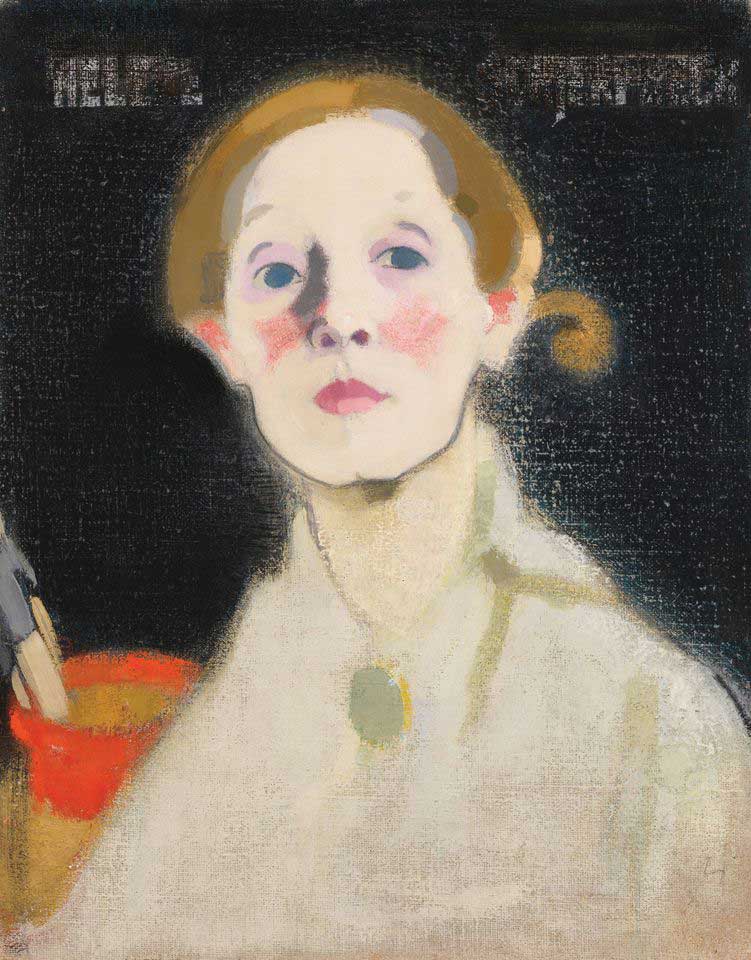
Self Portrait, Black Background 1915
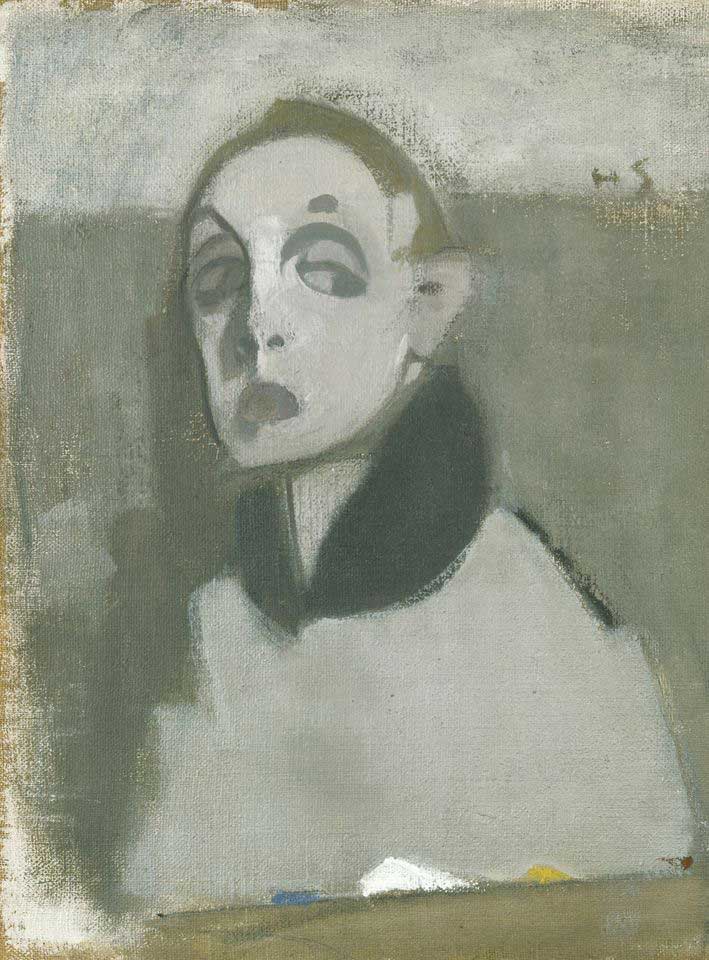
Self Portrait with Palette 1937
Her forms began to be simplified, her brush strokes became facets of color. Only the most important planes and forms were described. She removed the unnecessary details, the controlled, tight marks and replaced them with fluid areas awash in muted colors.
Most notably, she observed the process of her own aging. Instead of resisting this inevitable transformation she painted it. How very wabi-sabi of her. She captured the imperfect and transient beauty of her own maturing. From the age of 22 to 83 she painted herself in a series of self portraits. These are poignant and sensitive, with the last portrait a haunting vision of her own near death.
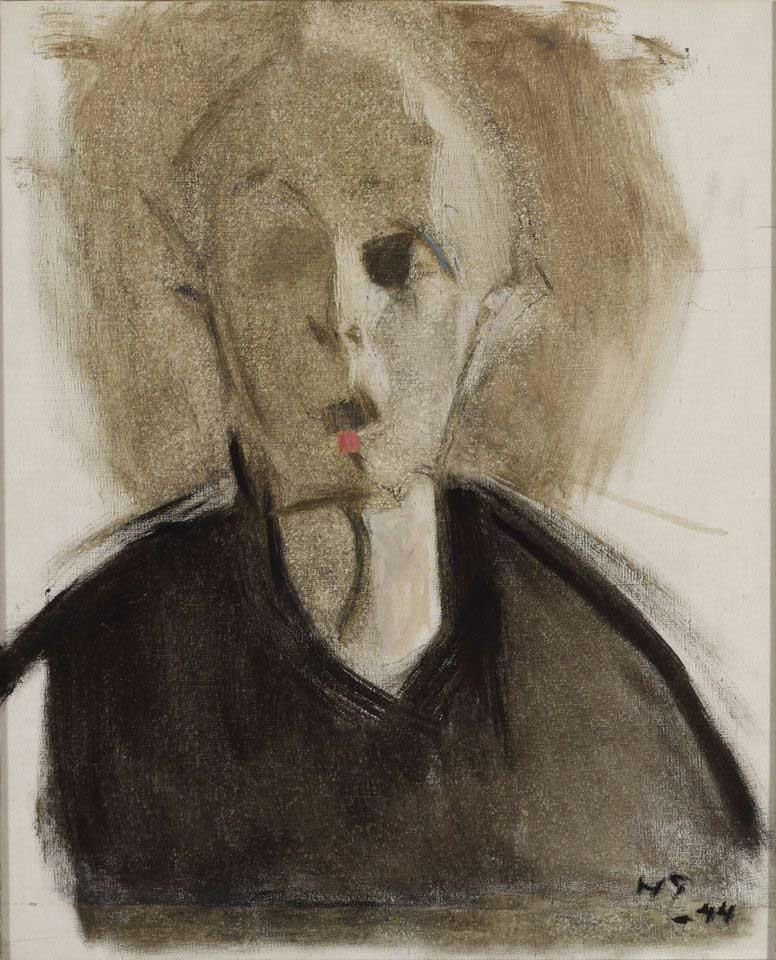
Self Portrait with Red Spot 1944
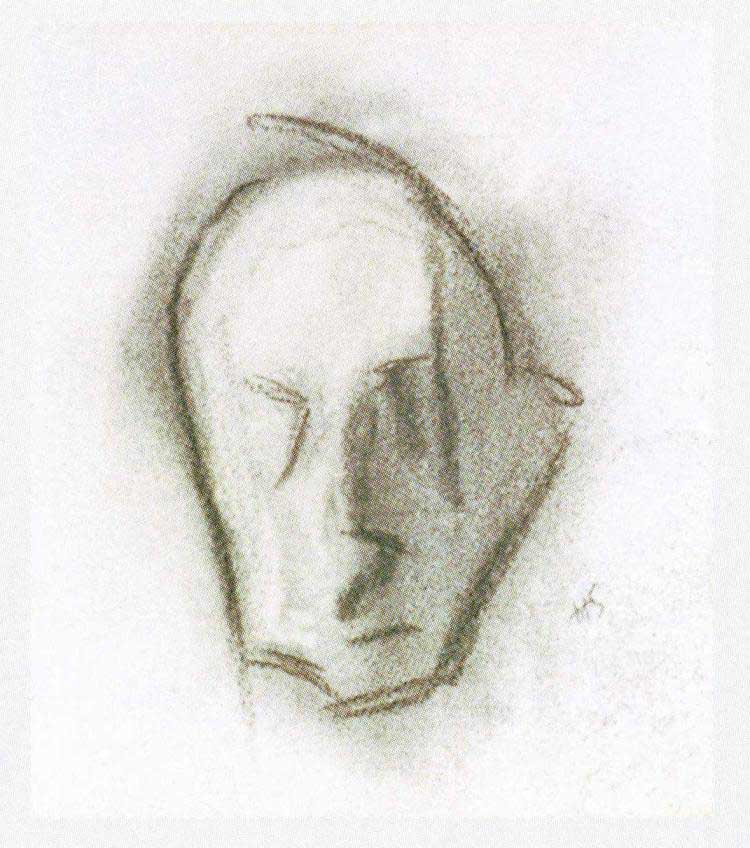
Last Self Portrait 1945
Helene seemed to thrive on experimenting and evolving her work. This openness to change allowed her to fully develop her artistic voice. She spent 70 long years creating art and building an incredibly diverse body of work. Art critic, Roberta Smith, describes it like this –
“Her work starts with a dazzlingly skilled, somewhat melancholic version of late-19th-century academic realism…it ends with distilled, nearly abstract images in which pure paint and cryptic description are held in perfect balance.”
Master Artist Guide
Alright so let’s learn a little more about Helene Schjerfbeck…
Helena Sofia (Helene) Schjerfbeck was born on July 10, 1862 in Helsinki. She was a Finnish painter and one of Finland’s most-cherished modernist painters. She is most widely known for her realist works and self-portraits, and less well known for her landscapes and still lifes. Throughout her long life, her work changed dramatically beginning with French-influenced realism and plein air painting. It gradually evolved towards portraits and still life paintings. At the beginning of her career, she often produced historical paintings, such as the Wounded Warrior in the Snow (1880), At the Door of Linköping Jail in 1600 (1882) and The Death of Wilhelm von Schwerin (1886). Historical paintings were usually the realm of male painters, as was the experimentation with modern influences and French radical naturalism. As a result, her works produced mostly in the 1880s did not receive a favorable reception until later in her life.
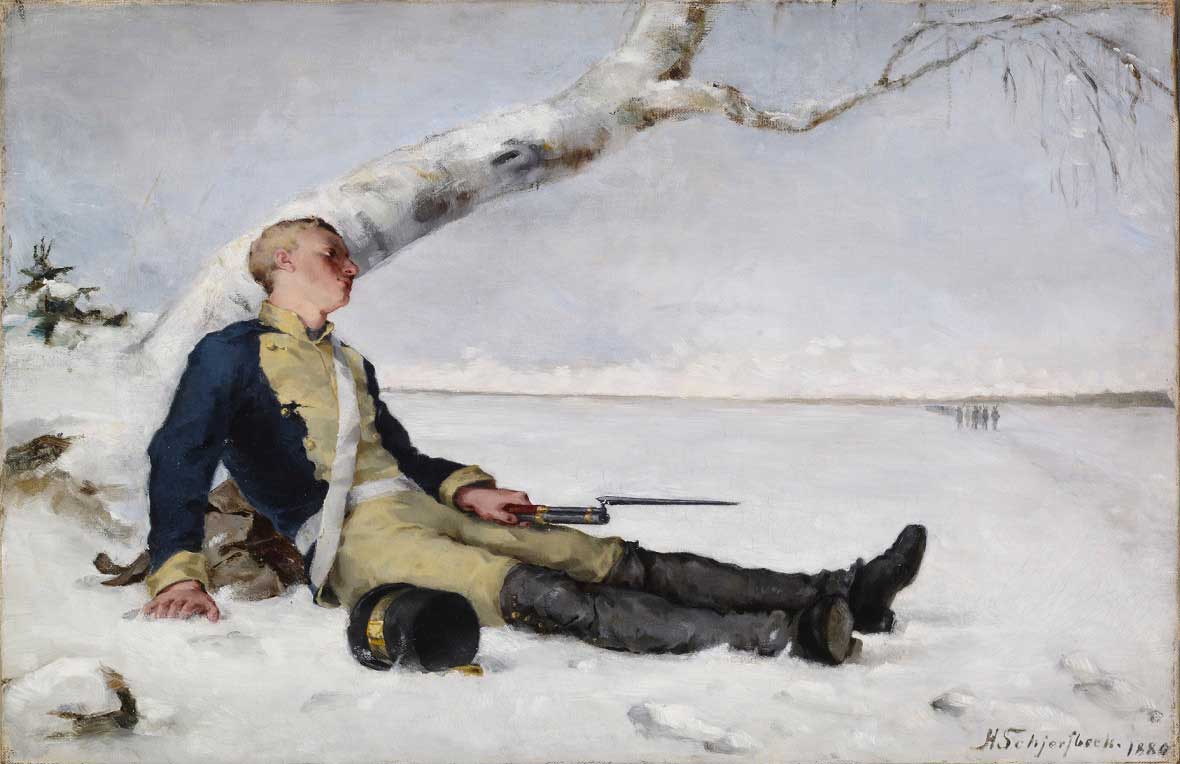
Wounded Warrior in the Snow (1880)
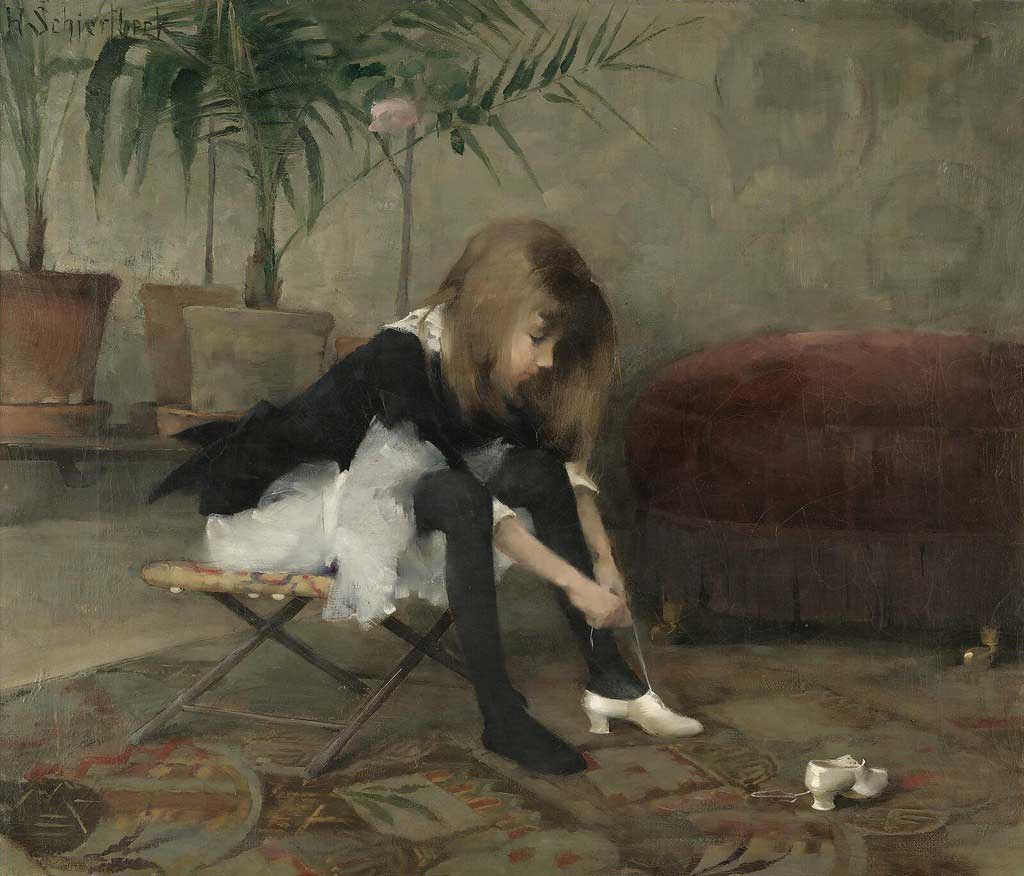
Dancing Shoes 1882
In 1866, when she was four she fell down some stairs injuring her hip, which prevented her from attending school and left her with a limp for the rest of her life. She showed talent at an early age, and, in 1873, by the time she was eleven she was enrolled at the Finnish Art Society School of Drawing. Her fees were paid by Adolf von Becker, who saw promise in her.[4] At this school, Schjerfbeck met Helena Westermarck. These two, and artist Maria Wiik and lesser-known Ada Thilen had a close friendship during their lives.
When Schjerfbeck’s father died of tuberculosis on February 2, 1876, Schjerfbeck’s mother took in boarders so that they could get by. A little over a year after her father’s death, Schjerfbeck graduated from the Finnish Art Society drawing school. She continued her education, with Westermarck, at a private academy run by Adolf von Becker, which utilized the University of Helsinki drawing studio. Professor Georg Asp paid for her tuition to Becker’s private academy. There, Becker himself taught her French oil painting techniques.[6]
In 1879, at the age of 17, Schjerfbeck won third prize in a competition organized by the Finnish Art Society, and in 1880 her work was displayed in an annual Finnish Art Society exhibition.
In 1880, she set off to Paris later that year after receiving a travel grant from the Imperial Russian Senate.
In Paris, Schjerfbeck painted with Helena Westermarck, then left to study with Léon Bonnat at Mme Trélat de Vigny’s studio. In 1881 she moved to the Académie Colarossi, where she studied once again with Westermarck. The Imperial Senate gave her another scholarship, which she used to spend a couple of months in Meudon, and then a few more months in Pont-Aven a small fishing village in Brittany.
Schjerfbeck continued to move around frequently, painting and studying with various people. Schjerfbeck made money by continuing to put her paintings in the Art Society’s exhibitions, and she also did illustrations for books.
During late Autumn 1883, Schjerfbeck got engaged to painter, Otto Hagborg. The engagement, however, came to an end in 1885 when a problem with Schjerfbeck’s hip led the groom’s family to suspect tuberculosis. In reality, the issue was a result of her fall during childhood. Schjerfbeck never married.
In 1887 she traveled to St Ives, Cornwall, in Britain. There she painted The Bakery (1887) and The Convalescent, the latter winning the bronze medal at the 1889 Paris World Fair. The painting was later bought by the Finnish Art Society. During this period Schjerfbeck was painting in a naturalistic plein-air style.
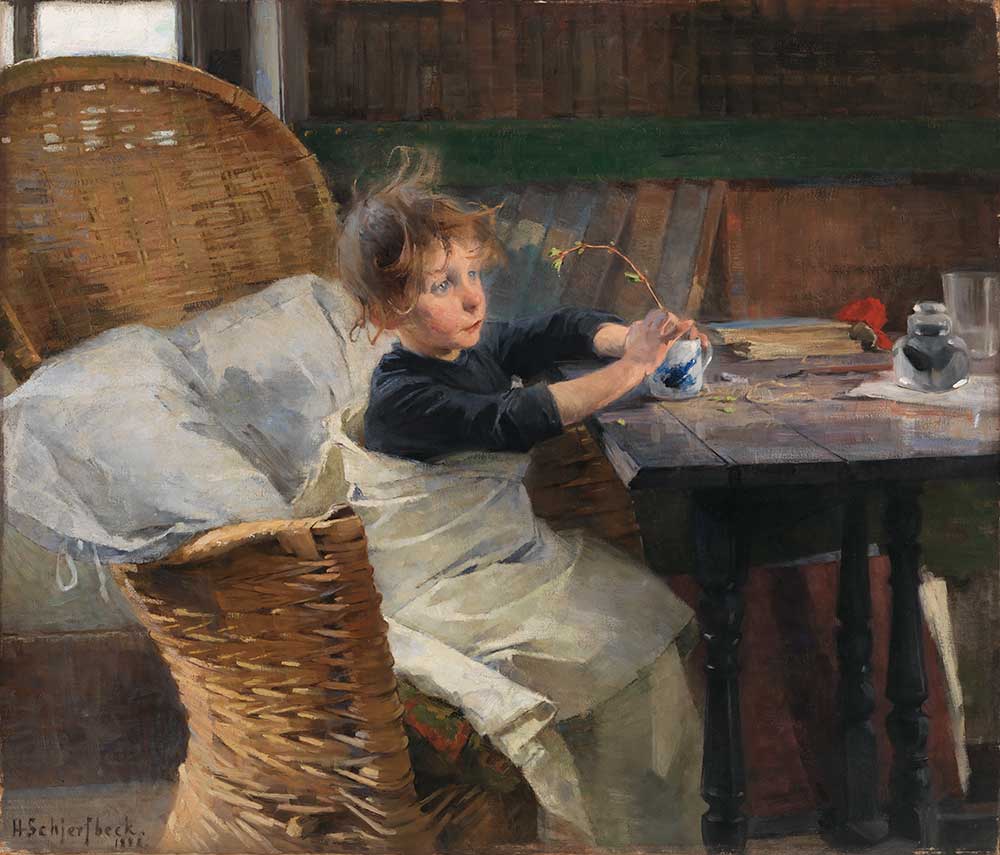
The Convalescent 1888
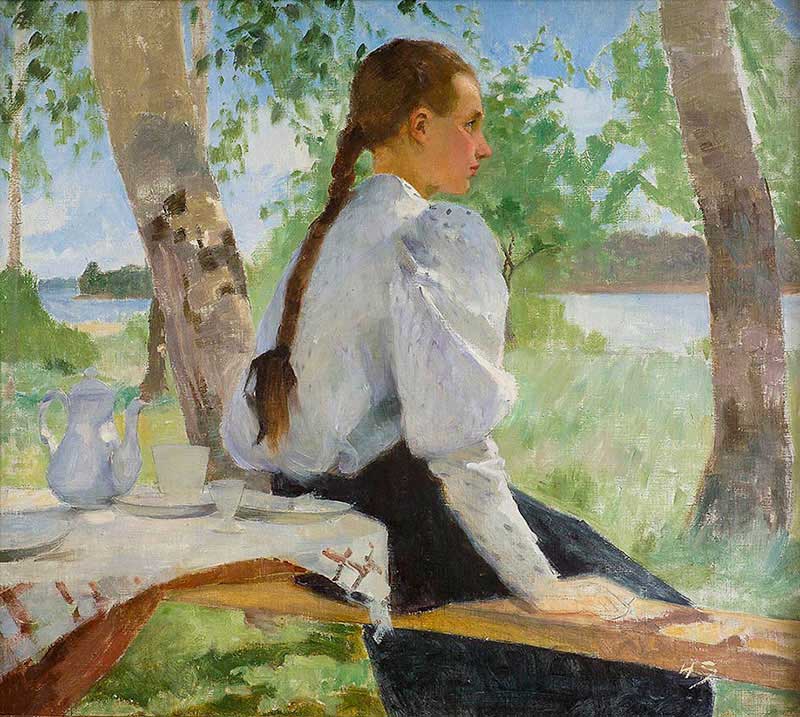
Young Girl under Birch Trees 1891
In the 1890s Schjerfbeck started teaching regularly in Finland at the Art Society drawing school, but in 1901 she became too ill to teach and in 1902 she resigned from her post. She moved to Hyvinkää, which was known for its sanatorium, all while taking care of her mother who lived with her (her mother died in 1923). While living in Hyvinkää, she continued to paint and exhibit.
During this time, Schjerbeck produced still lifes and landscapes, as well as portraits, such as that of her mother, local school girls and women workers, and also self-portraits, and she became a modernist painter. Her work has been compared to that of artists such as James McNeill Whistler and Edvard Munch.
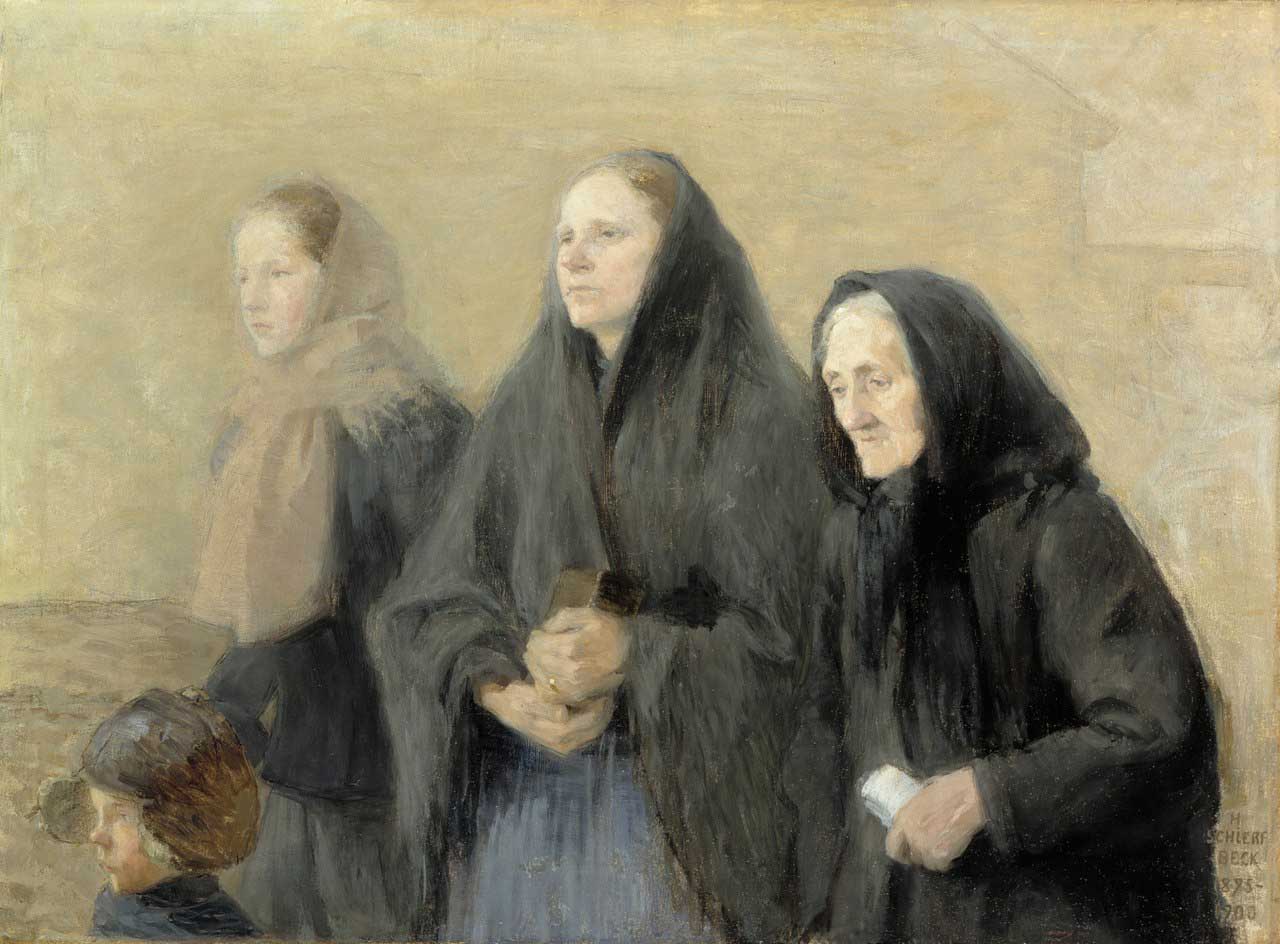
Churchgoes 1900
In 1905, her paintings took on a character that was hers alone. She continued experimenting with various techniques such as using different types of underpainting.
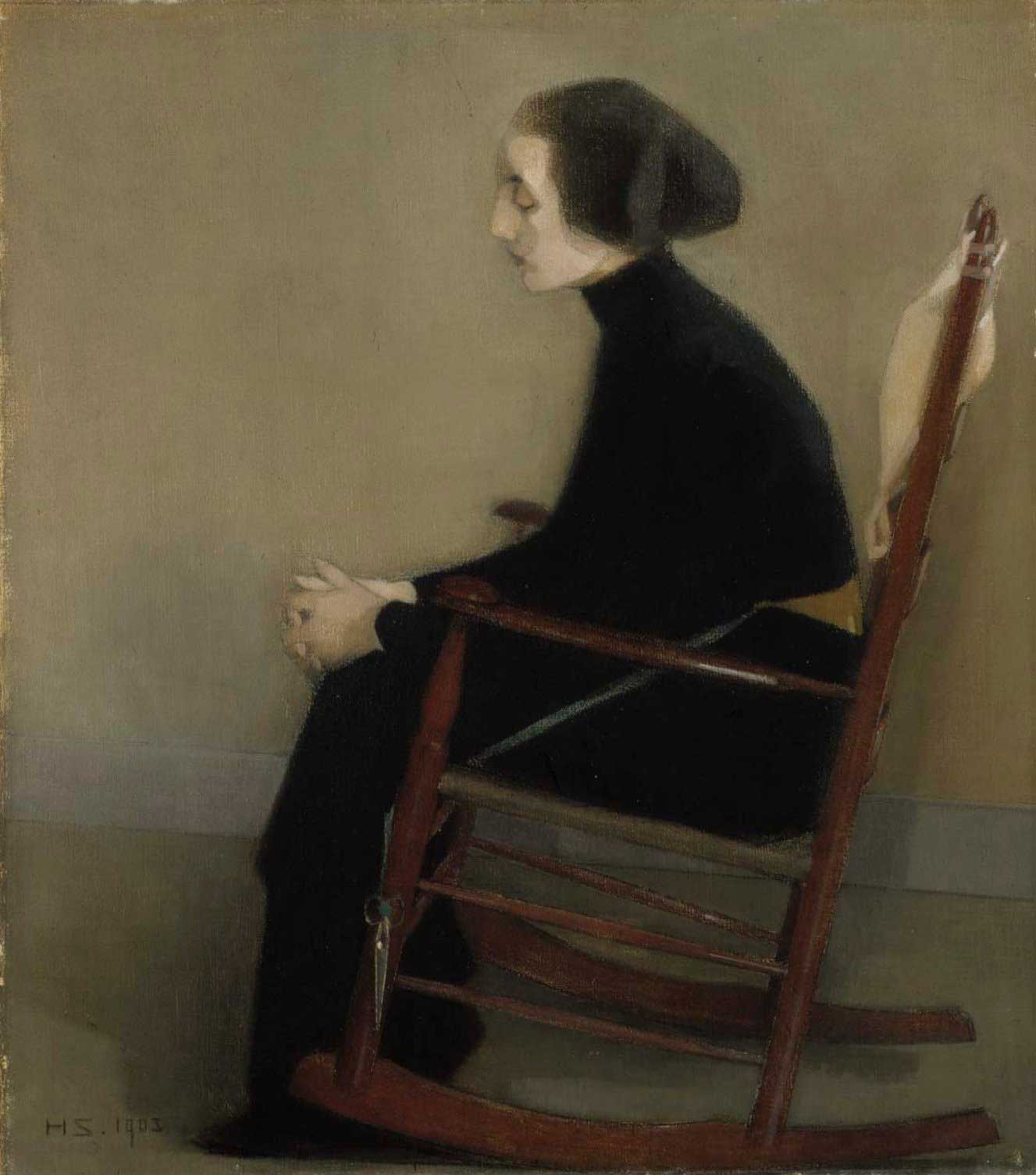
The Seamstress 1905
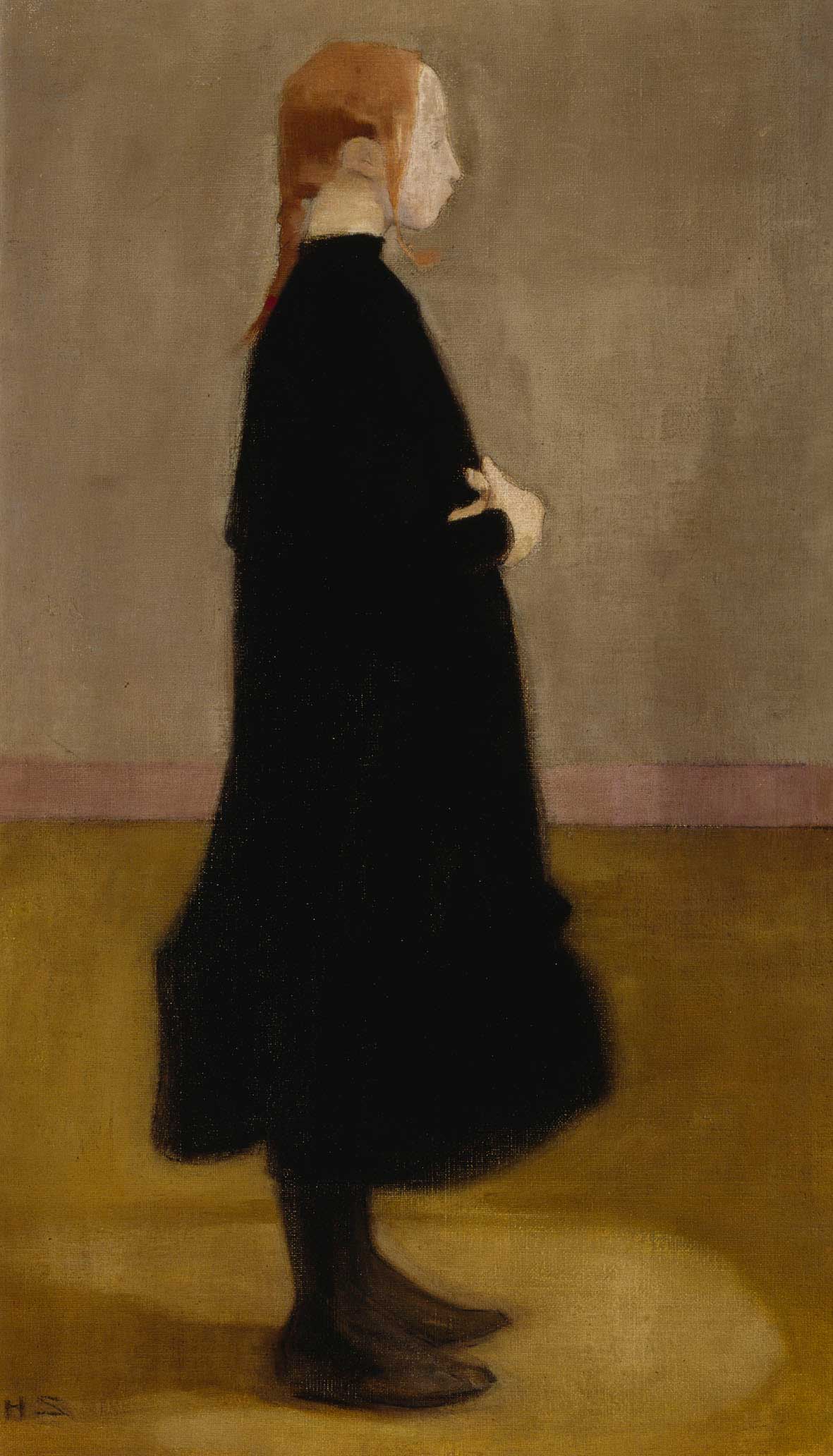
The Schoolgirl II 1908

Factory Workers on the Way to Work 1922
In 1913 Schjerfbeck met the art-dealer Gösta Stenman, with whose encouragement she exhibited at Malmö in 1914, Stockholm in 1916 and St Petersburg in 1917. In 1917 Stenman organized her first solo exhibition. Later, she exhibited at Copenhagen (1919), Gothenburg (1923) and Stockholm (1934). In 1937 Stenman organized another solo exhibition for her in Stockholm, and in 1938 he began paying her a monthly stipend. Her paintings were successfully displayed in several exhibitions in Sweden in the 1930s and 1940s.
As the years passed, Schjerfbeck travelled less. When a family matter arose, such as a death, she would travel back to her home city of Helsinki and she spent most of 1920 in Ekenäs, but by 1921 she was back living in Hyvinkää.
For about a year, Schjerfbeck moved to a farm in Tenala to get away from the Winter War, but went back to Ekenäs in the middle of 1940. She later moved into a nursing home, where she resided for less than a year before moving to the Luontola sanatorium.
In 1944, she moved into a spa hotel in Sweden, where she continued to paint actively even during her last years. She died on January 23, 1946 and was buried in Helsinki.
“When everything feels impossible – you look to what you can do – which is to paint.”
― Helene Schjerfbeck
Enjoy this short slideshow of some her work
“When you give a child a pencil, you give her an entire world.”
― Helene Schjerfbeck
Here’s a Pinterest board full of her work to inspire you!
Master Artist Guide - Part 2
Sketchbook Explorations
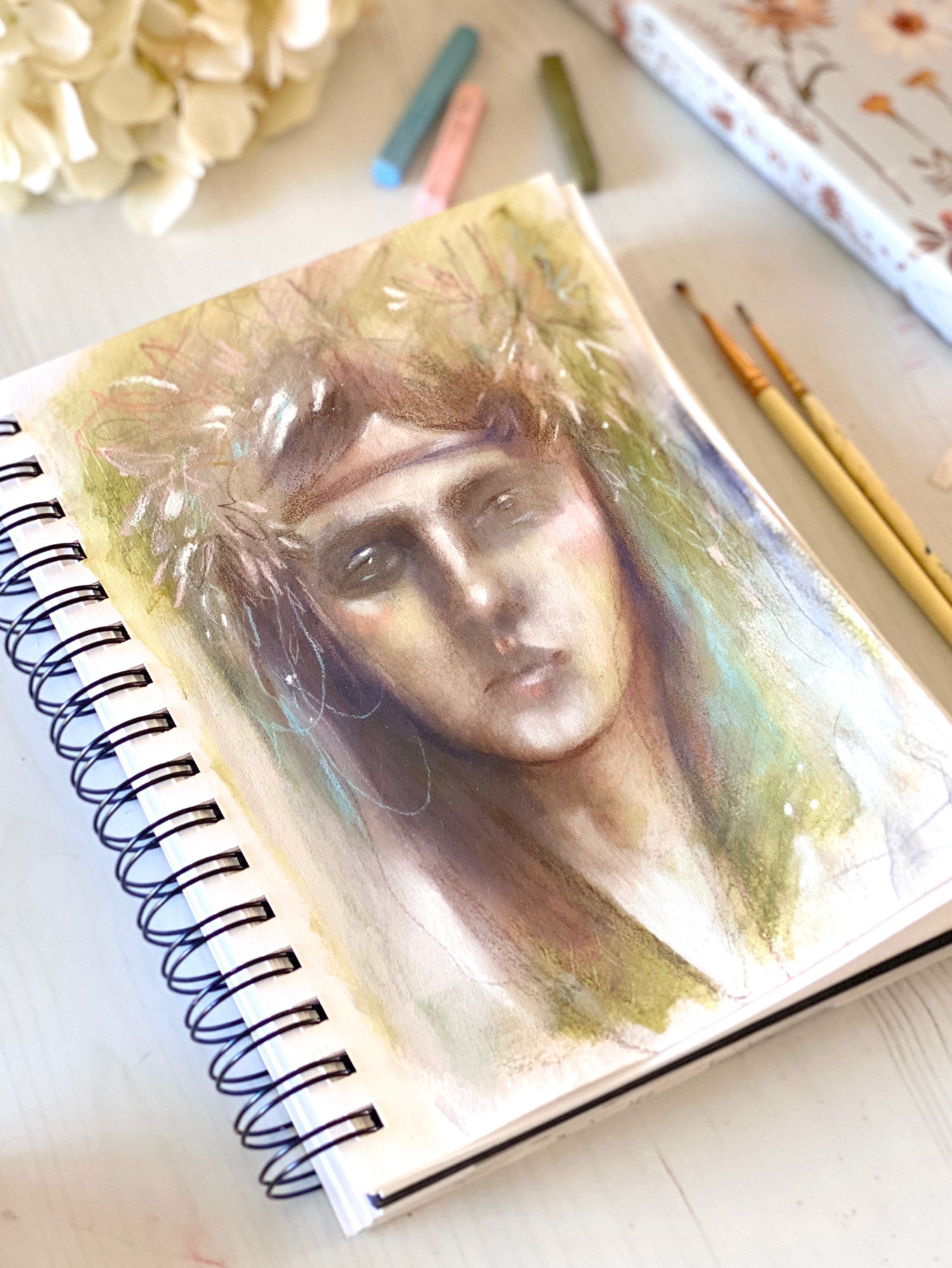
EXPLORATION 1
Loosing The Layers
So often we get attached to our work or the outcome we want from it. That is why practicing non attachment in our creative practice is imperative. In this exercise, quickly (1-2 mins) draw loosely an object or a face or figure with charcoal, then wash over it with paint or a thin layer of gesso, draw again the same object or something else, then wash over it again. Keep doing this for 5-6 layers. See what emerges and what has been lost. Can you see that non attachment can actually allow for more discovery and mystery?
EXPLORATION 2
Master Study
Pick a piece by our master artist of the month and do a small study (or several). Examine the colors, forms and style of this artist. Remember it’s more about exploring how this artist worked than creating an exact replica of their work! Have fun! I chose a study Helene had done after an El Greco painting of the Virgin Mary. I love her interpretation of this. Below you can see El Greco’s piece and hers side by side. I loved creating this in oils in my sketchbook.
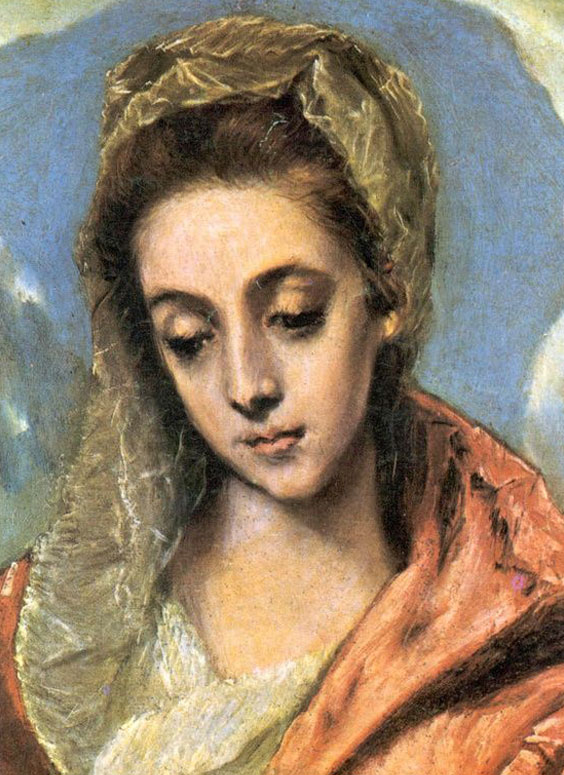
El Greco
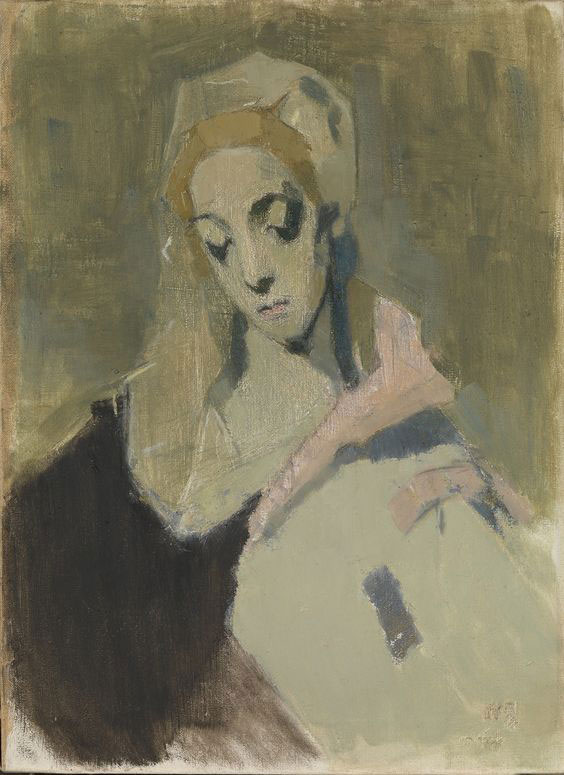
HELENE’S STUDY
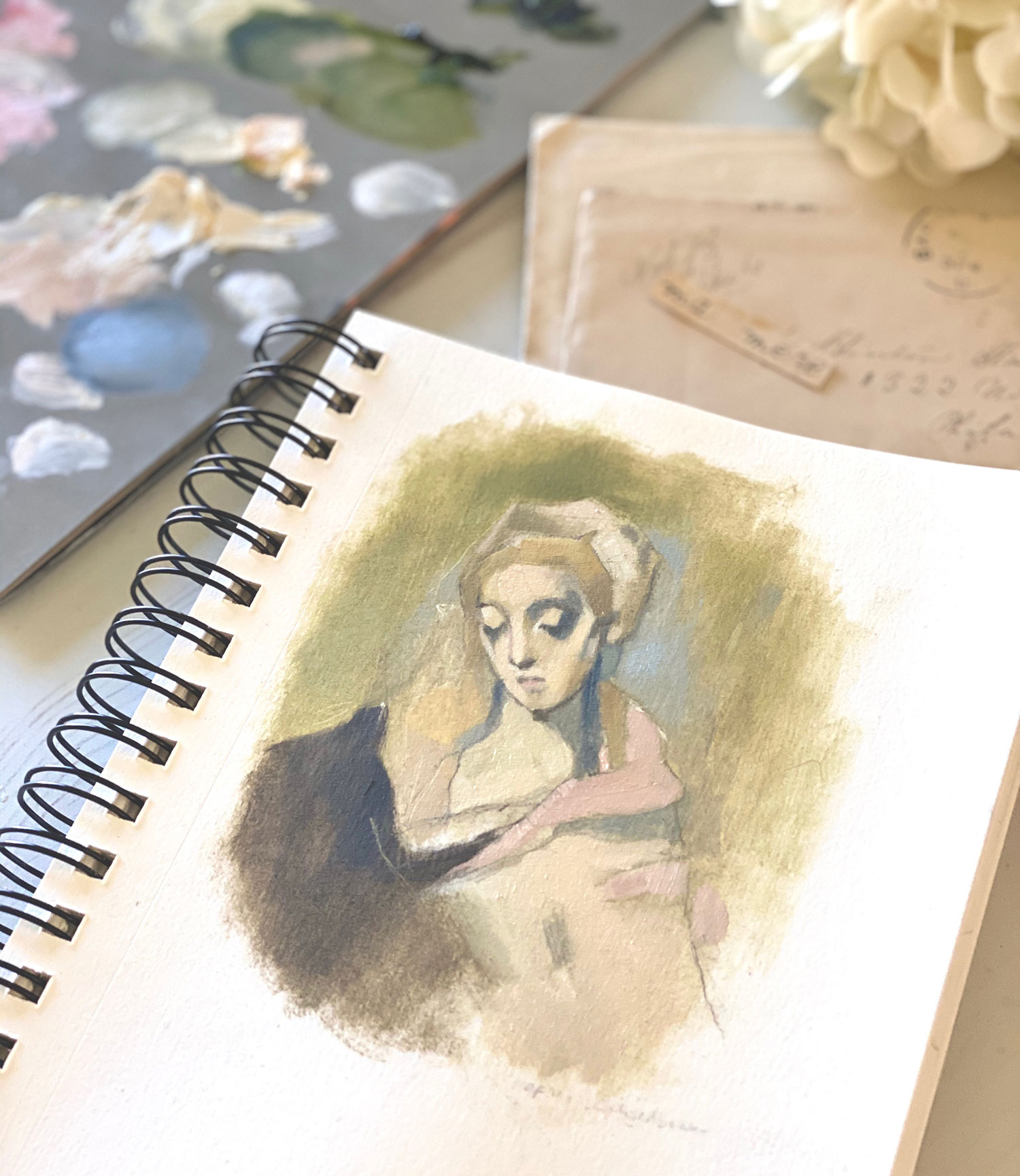
SKETCHBOOK EXPLORATION STUDY
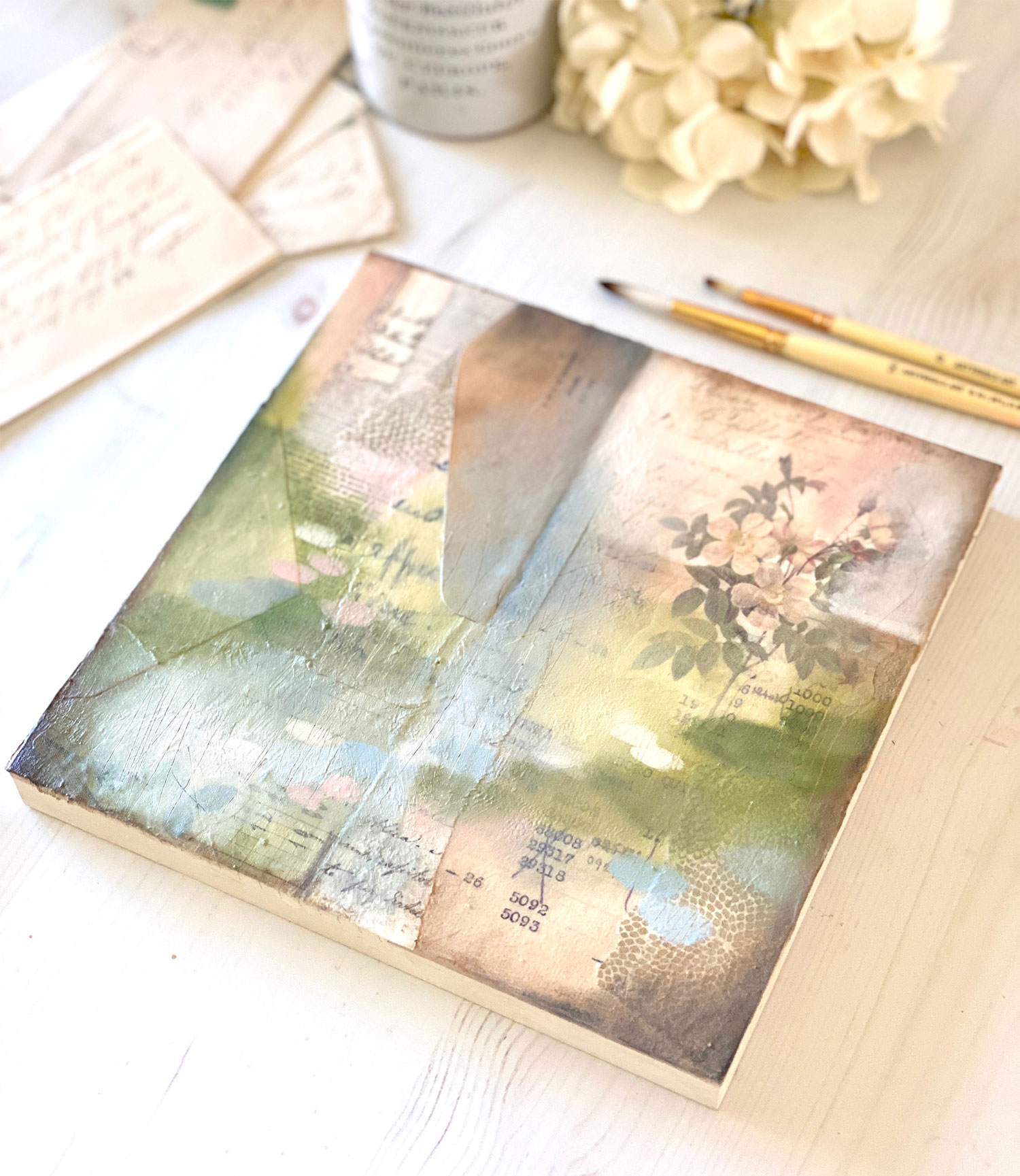
EXPLORATION 3
Wabi Sabi Inspired
Get inspired by the philosophy of Wabi-sabi and don’t forget to check out our Pinterest board! Now create a wabi-sabi inspired collage or small painting. Remember, wabi-sabi is about celebrating the beauty of age, impermanence and imperfection. So feel free to get a little raw and grungy here. Don’t try to overcontrol or overplan this process. Allow each piece you glue down to lead you to your next choice. Embrace the wrinkles, old papers and texture. You can use our color palette if you like.
BONUS ACTIVITY
Build A Morning Alter
Watch this inspiring video by Impermanent Nature Artist, Day Schildkret and then get out into nature and create your own impermanent morning altar. These beautiful creations remind us to be in the present moment, to honor nature and ourselves. It is a way to witness impermanence and embrace the every changing essence of life.This practice of creating impermanent art goes back to Tibetian monks and sand mandalas. If you give this a go, take a picture and share it with us in our Facebook group!
AN ARTIST’S VOICE
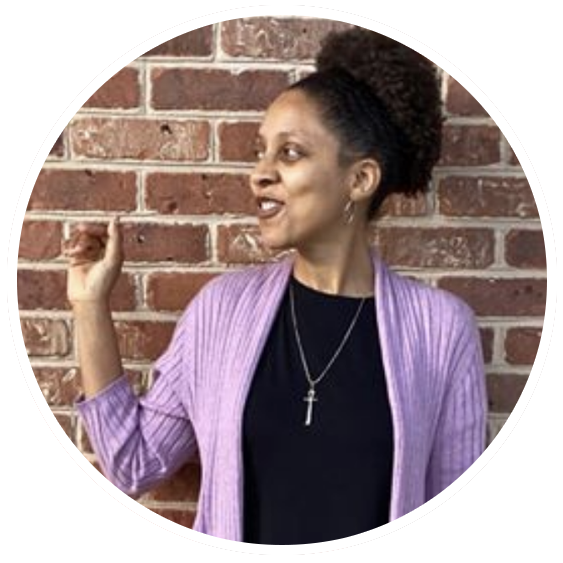
Interview with Kiala Givehand
I’ve asked my dear friend and fellow artist, Kiala Givehand to share some thoughts about the importance of embracing change and getting into the flow within her creative practice…
How do you embrace change in your day to day life? What practices have helped support this?
I have to admit, I’m a creature of habit. I am slow to change, and realize that when I allow for change, good things happen. So my practices have been to welcome (and sometimes invite) change into my life in small increments. Of course, I cannot control things outside of me, so I focus on the things I can control and allow myself to change what I can and to accept the changes that come from outside forces. Here are a few of the practices I have in place to help and support me as I embrace change:
A. WRITTEN JOURNALING — this is pretty much my go to ritual and routine for everything in my life. I find that I am a much happier, healthier, and heart-centered human when I journal everyday. As a writer and poet, journaling is the one time I don’t put too much pressure on myself for what it should look like or how it should end up on the page. I simply pick up the nearest fountain pen and write. I dump feelings, to-dos, ideas, musings, and plans on the page. I see it as a way to bring into focus what is helping me and what is hindering me. With this knowledge, I can survive any change, no matter how large or how small.
B. EXPLORING WITH ART SUPPLIES — maybe this is just an excuse to play with more art supplies, but one of the ways I embrace change is by trying a new medium when I feel myself getting complacent. It’s how I came to love watercolors. I was feeling a little blocked with trying to use acrylic paint the way I saw so many amazing artists use it. So I gave myself permission to attempt the same lessons and sessions using watercolor instead of acrylic paint. It was the BEST change I made in my creative life because it unlocked my love for watercolor. I’ve tried charcoal (thanks Ivy), collage, brush markers, paint markers, lettering, abstract art, oil pastels, and lots of other things just to switch things up and see what I like. Some things stick, others serve their purpose and fall by the wayside. Exploring different supplies is just the right amount of change and helps me feel how change can be a good thing.
C. ORACLE AND TAROT CARDS — change is a necessary element of life, so I don’t try to avoid it or eradicate it from my life. Instead, I look for ways to help me understand WHY change is good or powerful for me. Pulling oracle and tarot cards helps me with this because the imagery on the cards helps me filter out the voices, suggestions, words, and opinions of others so that I can hear what MY heart wants me to know about the change I’m being asked (or in some cases, forced) to make. The cards don’t give me exact answers, they lovingly guide me to hearing the answer in myself. I love using them as inspiration for creative journaling as well. I pull cards daily for one reason or another and they NEVER guide me wrong.
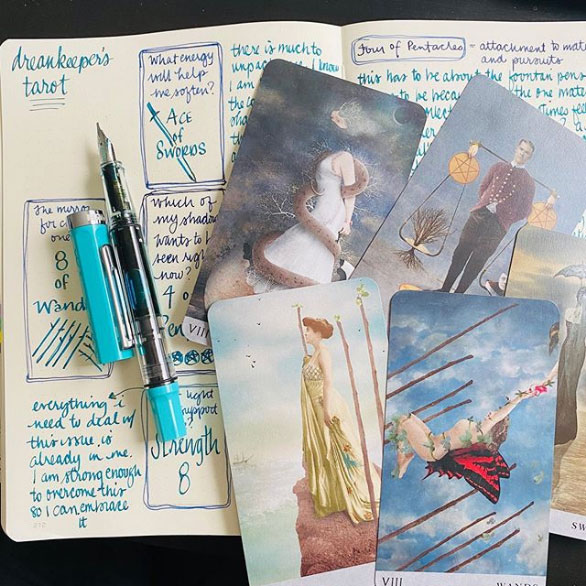
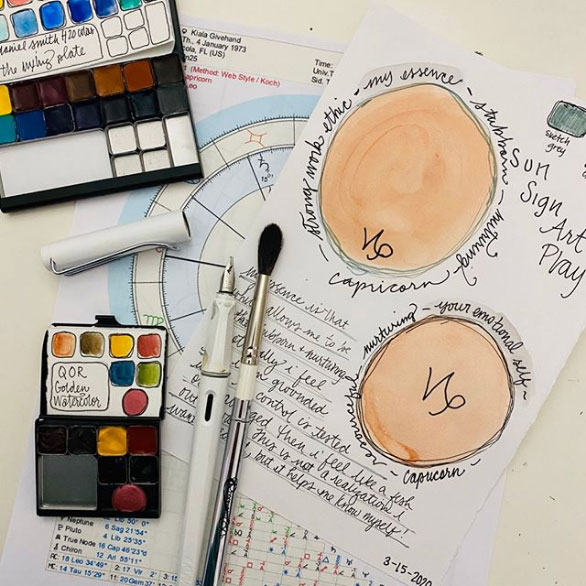
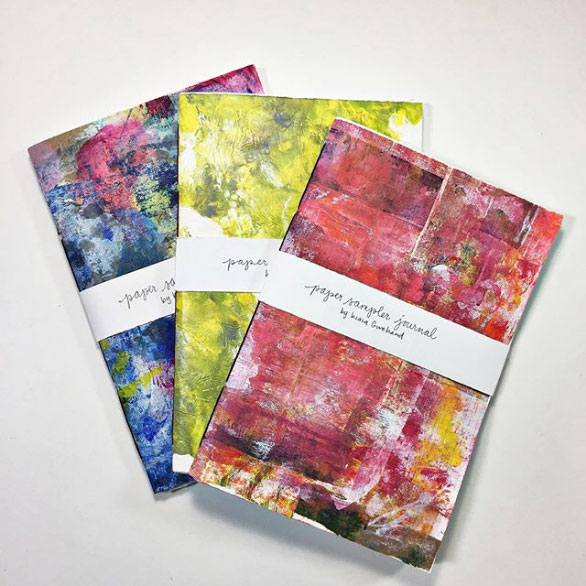
How do you surrender to the creative process and get into your flow?
I like to think of serendipity as surrender and I love inviting serendipity into my creative process. Sometimes it’s just simply asking “What If?” What if I try a color I don’t like? What if I turn the page counterclockwise? What if I use my left hand? What if I tear the page? Other times, I use tools that help me amplify the serendipity like tarot and oracle cards, my Mixed Media Inspiration Deck™, ephemera, music, high flowing paints, spray inks, or things from nature (sticks, leaves, etc.). Anything that can help me loosen up and let go is powerful for getting me into my creative flow.
What small changes have you made in your creative practice that has allowed you to connect deeper to yourself and your work?
Wow. This is a good question because I feel like I have been doing the same things for a while now, but this question made me dig deep to find that I do actually make small changes from time to time. One of the most recent is that I started taking custom orders for journals. 12 years ago when I started my journey as a bookbinder and book artist, I vowed I would NEVER make custom journals. Well, we all know that saying, “Never say never.” Now, I LOVE making a custom journal that feeds the creative fire of someone else. I love getting to hand select papers and materials for a Soulful Serendipity Journal™. It feels like a beautiful conversation that my soul gets to have with the soul of another. Making custom handbound (and sometimes hand painted) journals helps me connect deeply to who I am as a bookbinder and creative soul. Another small change is that I give myself permission to work larger or in sizes that are not my usual. I’m so used to working in journals that sometimes I get stuck in the 5 x 7 or 7 x 9 format. This small change of working larger or smaller really shifts how my art can emerge. It’s amazing what I find on a 2 x 2 thumbnail that I would never see on something as large as 12 x 24. And what I get to explore on a 12 x 24 would never emerge in the space of 2 x 2. Letting the work breathe and sometimes placing extreme boundaries is a dance with duality, expansion, and self discovery. Yes, working on a tiny piece of paper can actually create expansion. Give it a try.
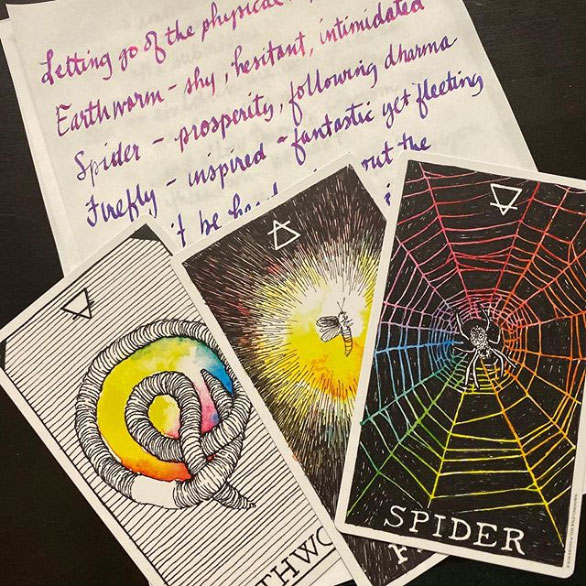
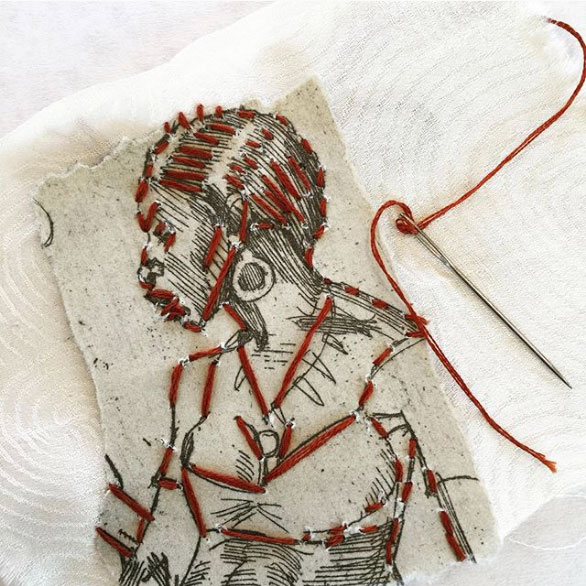
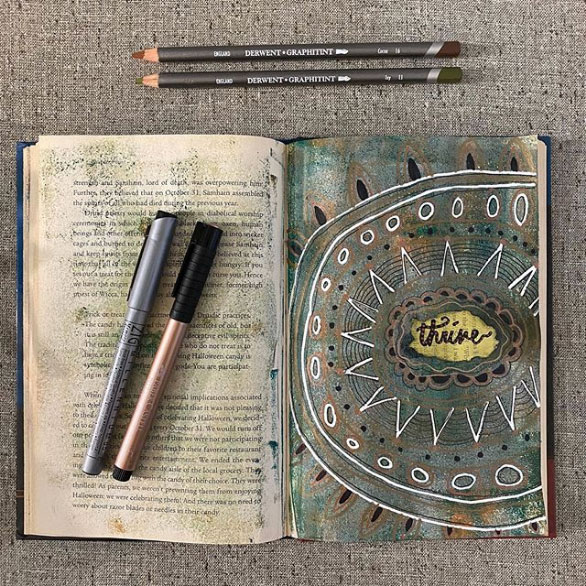
When you feel yourself over-controlling your work or resisting change what do you do to re-align?
Oh yes. Realignment. That’s one I’m still mastering, but one of the things I currently do to realign is take breaks from social media, pinterest, and YouTube. I unplug from the online classes where I am a student and give myself a break from seeing what others are creating and sharing. Sometimes this is an hour or two, and sometimes it’s for an entire week. This gives me fresh perspective and allows me to sit with MY art and my practice in order to tune in to what my soul craves creatively. This is what I call self-inspired soul work. It’s so necessary and powerful if we allow it to be. For me, over-controlling the process is usually a sign that I’m trying to achieve an outcome designed to please others or that I’m attempting to manipulate a specific outcome. It often leads to frustration and incomplete or abandoned projects. This is when my serendipity rituals give me freedom and bring me back to myself. Alignment to my deep desire starts with identifying my fears, releasing them, gaining clarity about my work, seeing myself and my older art as a resource for growth, and eventually letting go of what is not working in order to allow my voice to reemerge. My secret magical wand for realignment is folding paper. I know, sounds boring right, but for me, it’s one of the ways I meditate and hear my voice above all the noise. And for the record, I love taking online classes and being a part of thriving online creative communities for the inspiration they can ignite. So when I take a step back from them to hear my work speak, I do it because it allows me to come back to those communities where my art gets to be in conversation with the art of others. I believe we each have something unique to say about the human experience. Sometimes we need to quiet the voices of others so we can hear our own more clearly. This is the start of realignment with our soul’s work.
Kiala offers incredible online classes! I’m currently a student of her Pull, Pen Paint class and I can’t say enough about it! It has been life changing!
KIALA’S JOURNALING PROMPT:
- Kiala has a special art journaling prompt and video lesson for us this month! I find her wisdom and insight so inspiring! Enjoy!
“When things change inside you, they change around you.”
– Unknown
SEPTEMBER ART PROJECT
A Slice of Time
By Renee Mueller
I’m so excited to share this gorgeous lesson with our talented guest teacher – Renee Mueller – with you! She’s a fantastic artist and teacher! This month she will be guiding you through some abstract creative play!
If we can embrace change, practice non-attachment and step into the flow it’s the perfect set up for some really wonderful creative play! So get ready to loosen up, breathe deeply and slip into creative bliss with this gorgeous lesson.
Let’s begin…
STUDIOWORKS
Community Corner
I’m excited to share some wonderful beauty from our community with you this month! Enjoy this beautiful piece from Deborah Thoden:
STUDIOWORKS
Submission Calls
If you’d like to be featured in an upcoming Studioworks Journal, we’d love to have you join our Creative Network! Our intention with Studioworks has always been to cultivate community involvement and collaboration. Featuring members from our creative community is such an honor and a beautiful way to share the light you all bring. Come join us!
STUDIOWORKS PODCAST
issue twenty-one
You can also listen to this month’s issue of the Studioworks journal. I find I love listening to books, podcasts and music while I draw, paint or go on a long walk. Enjoy.
Studioworks : issue twenty one
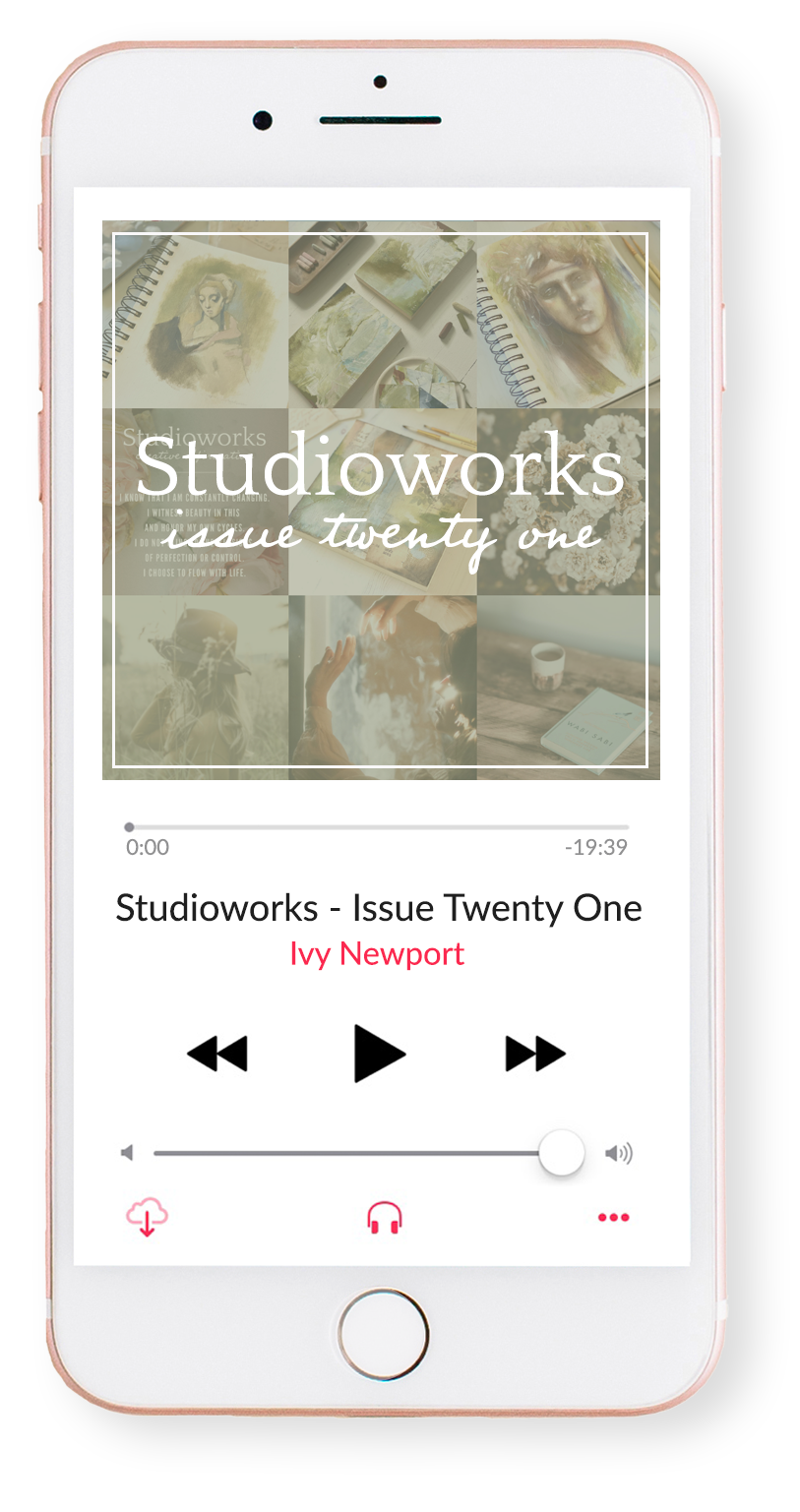
inspiration: curated
One of my favorite things to do is to curate inspiration. From Pinterest boards to books, resources, playlists and more – I love to share anything that might facilitate learning, expansion, and sparks of curiosity! Being an artist, we naturally crave these things so here are some of this month’s picks from me to you.
Books to Discover & Enjoy
MUSIC PLAYLIST
I had so much fun curating this list. I hope you enjoy!!
PINTEREST BOARDS
Interesting things to read and watch
FAVORITE SUPPLIES THIS MONTH
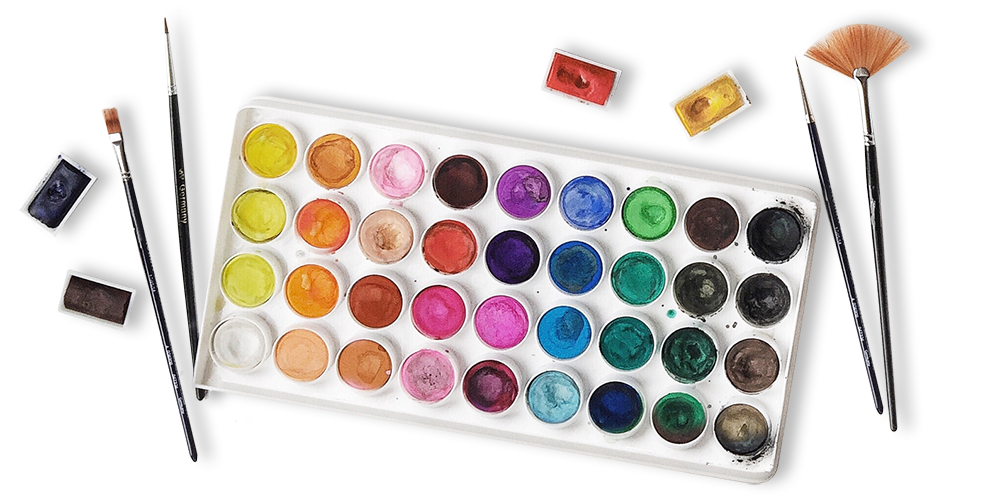
CLASSES TO TRY
These classes carry joy filled learning rooted in nature, art and happiness! I highly recommend checking them out if you haven’t already. Enjoy!

© 2019 IVYNEWPORT, LLC ALL RIGHTS RESERVED.

